 Close Overlay
Close Overlay
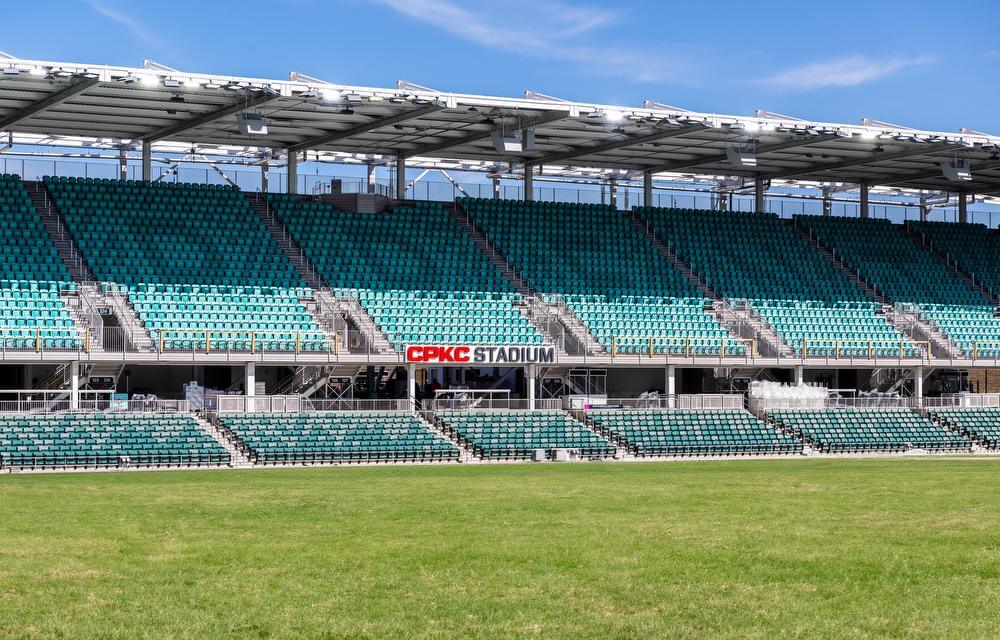 The Growth of Women’s Sports: Business, Venues and Fan Experience
The Growth of Women’s Sports: Business, Venues and Fan Experience
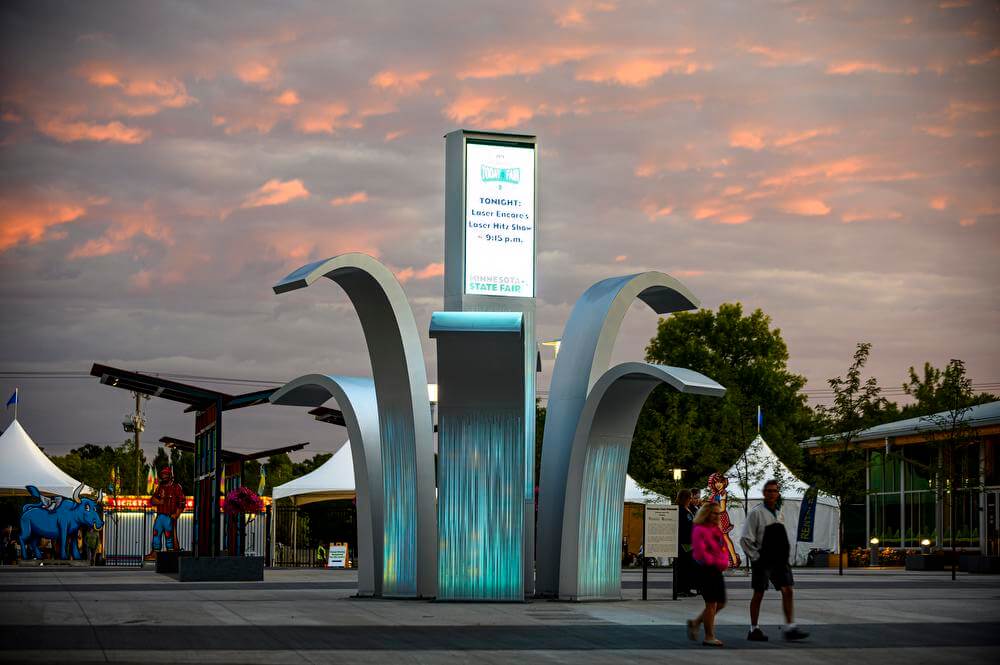 What is Placemaking? Transforming Spaces Through Community and Design
What is Placemaking? Transforming Spaces Through Community and Design
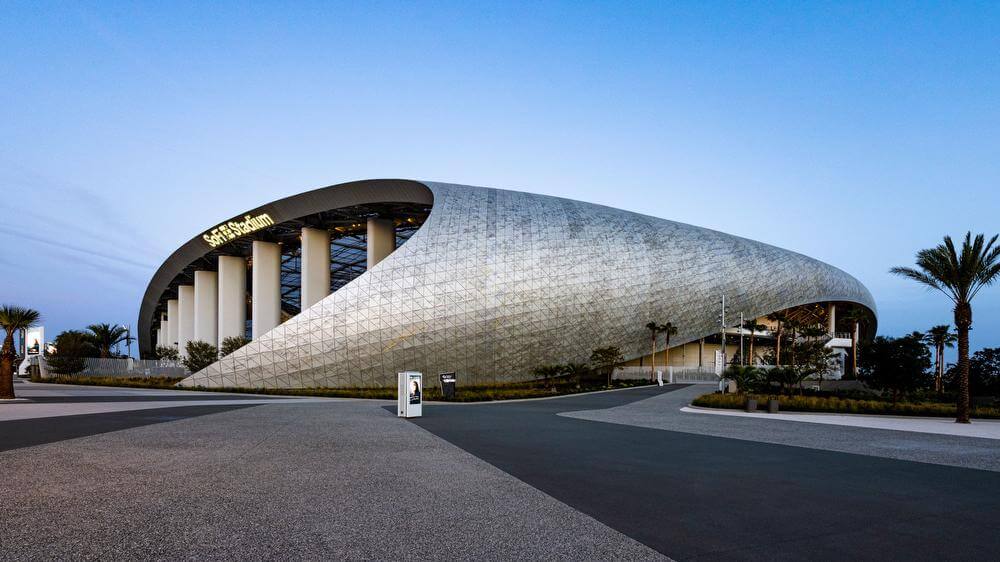 How 2026 World Cup Cities Can Engage Fans
How 2026 World Cup Cities Can Engage Fans
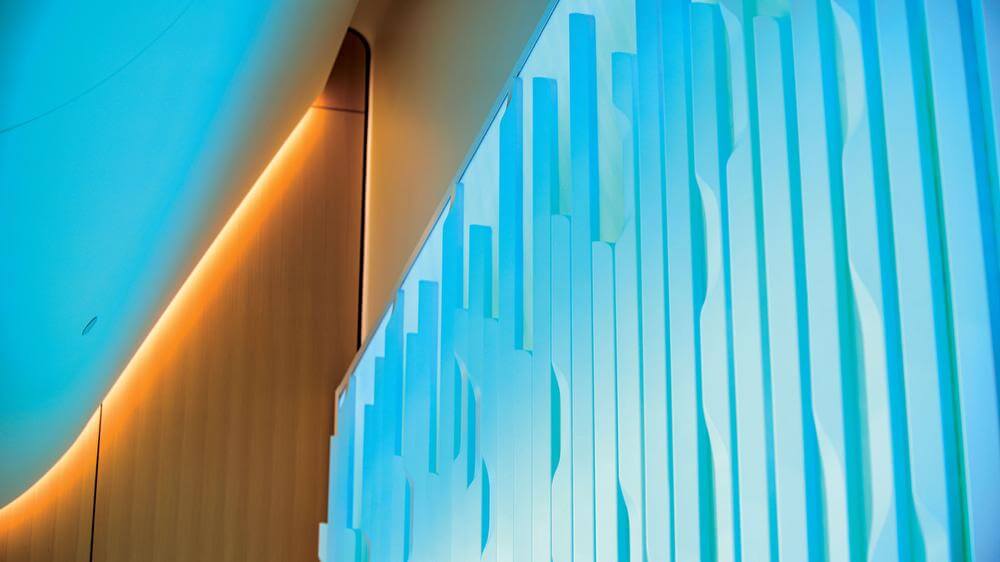 2024 Design Year in Review
Creating the Remarkable: Volume One
2024 Design Year in Review
Creating the Remarkable: Volume One
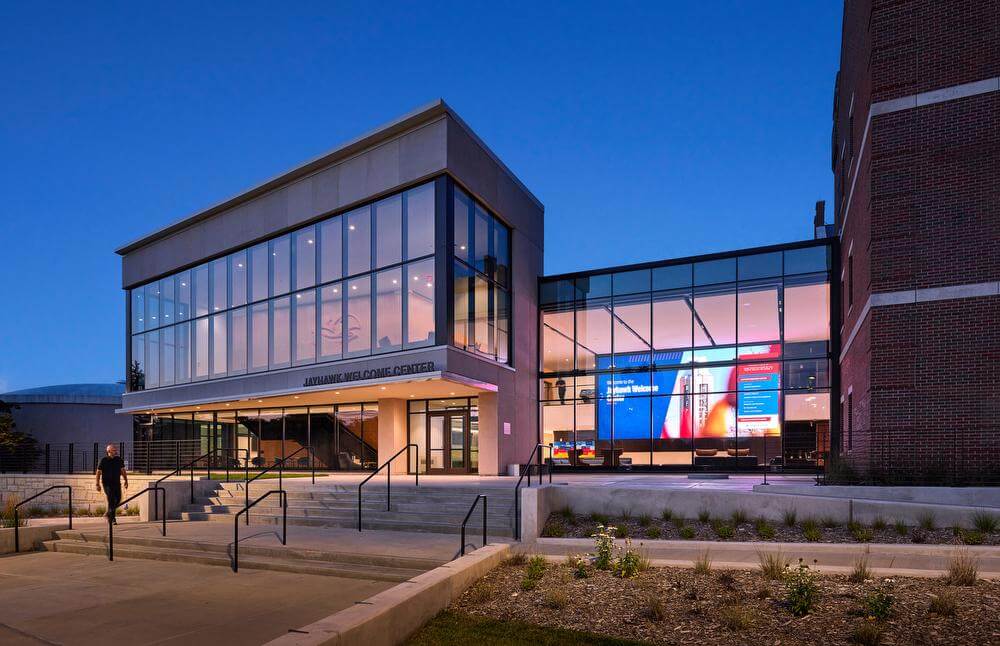 Facility Trends | The Prospective Student Experience
Facility Trends | The Prospective Student Experience
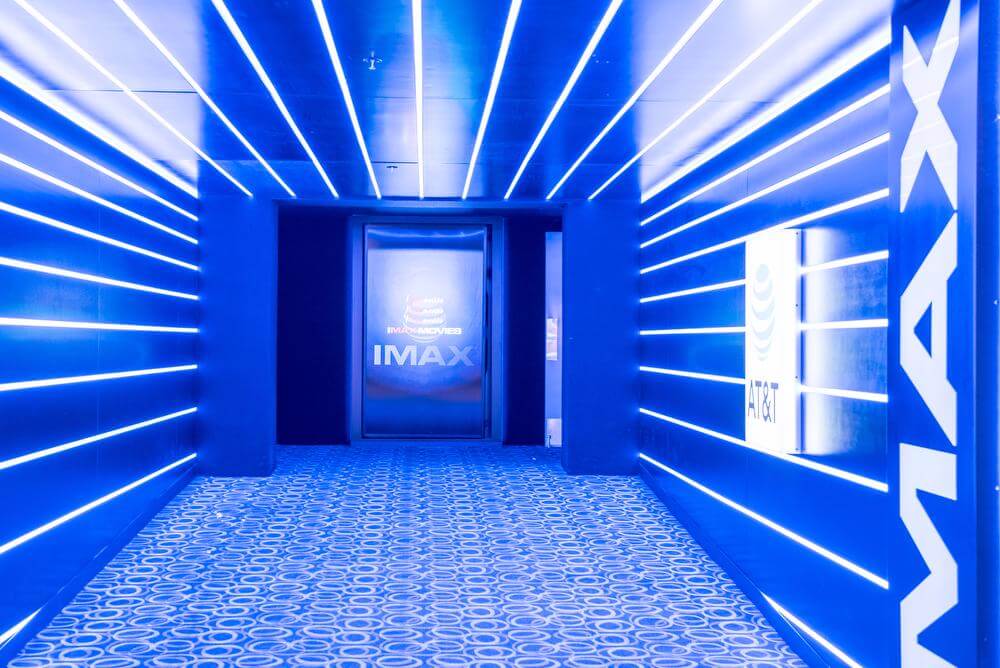 Redefining the Movie Theater Experience | Part II
Redefining the Movie Theater Experience | Part II
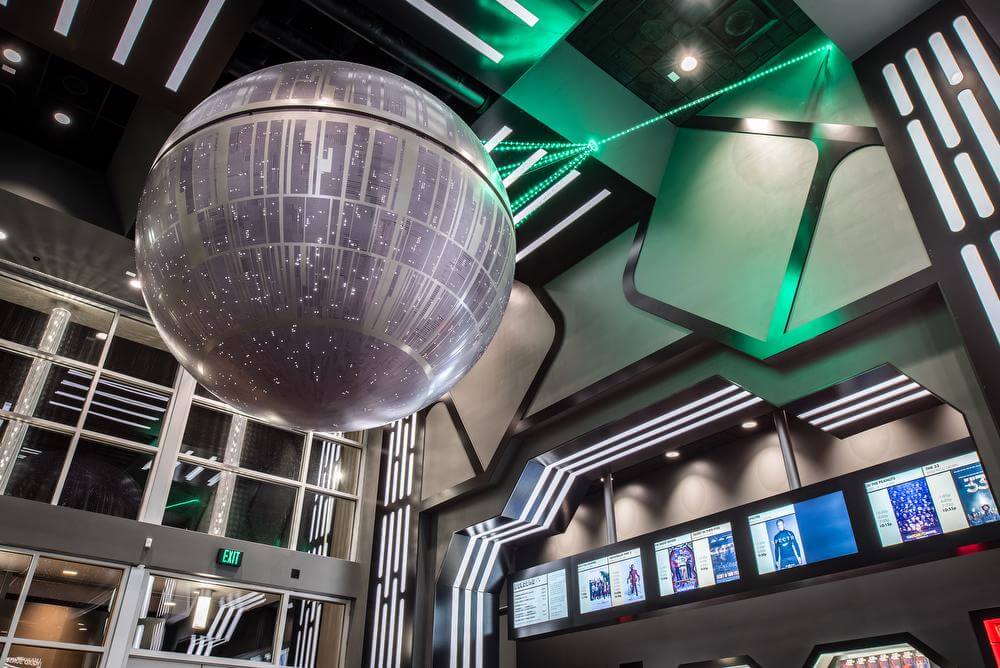 The Rise of Intellectual Property in Location-Based Attractions
The Rise of Intellectual Property in Location-Based Attractions
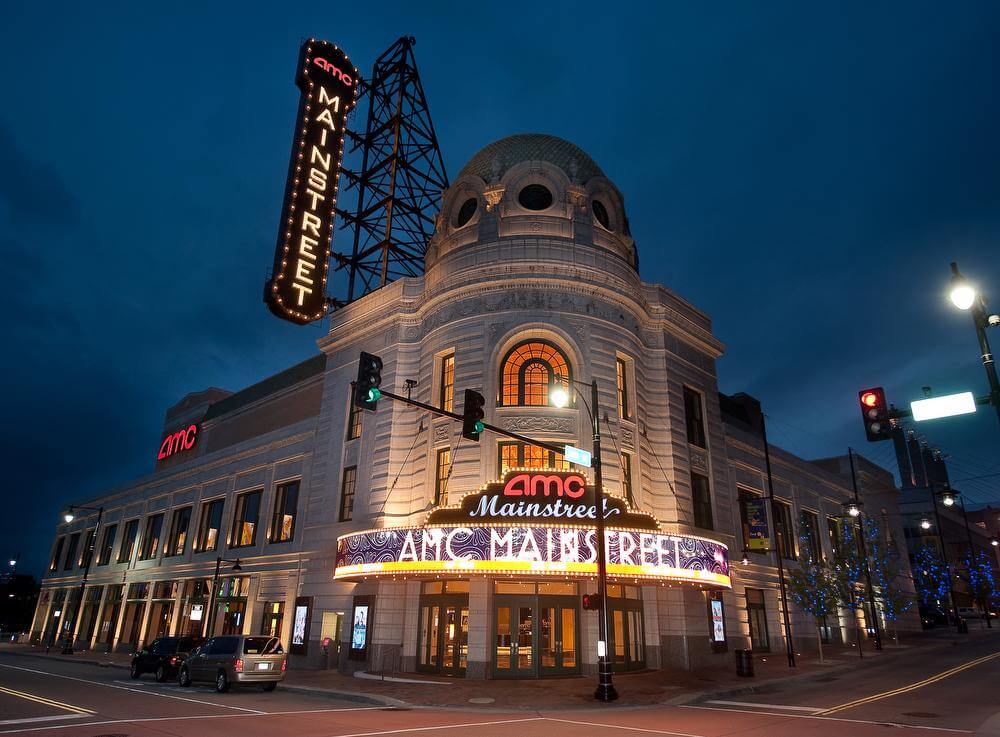 Redefining the Movie Theater Experience | Part I
Redefining the Movie Theater Experience | Part I
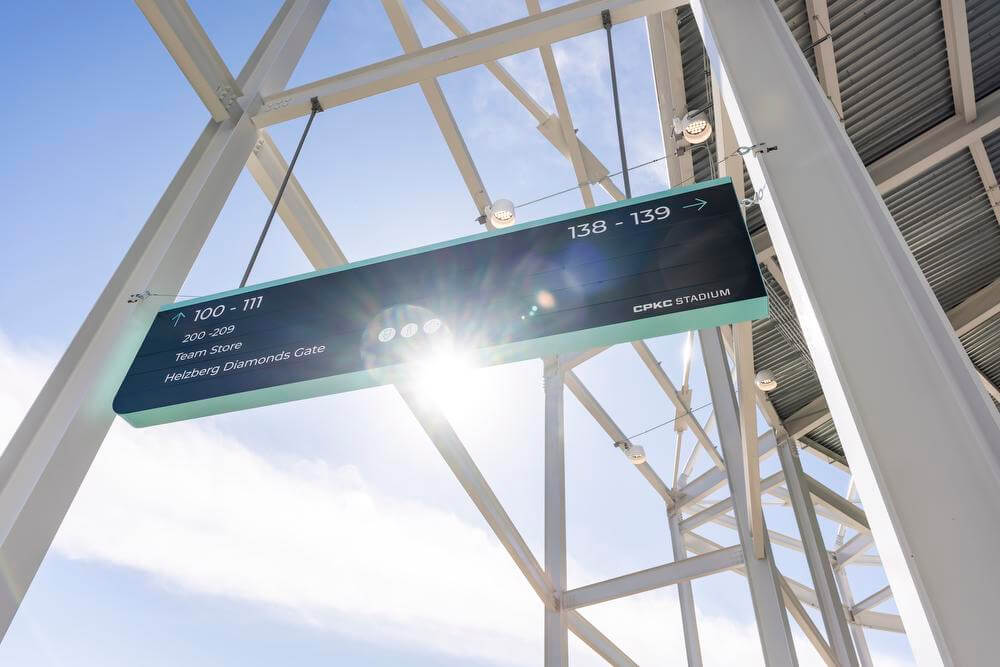 Three Steps for a Seamless and Elevated Fan Experience
Three Steps for a Seamless and Elevated Fan Experience
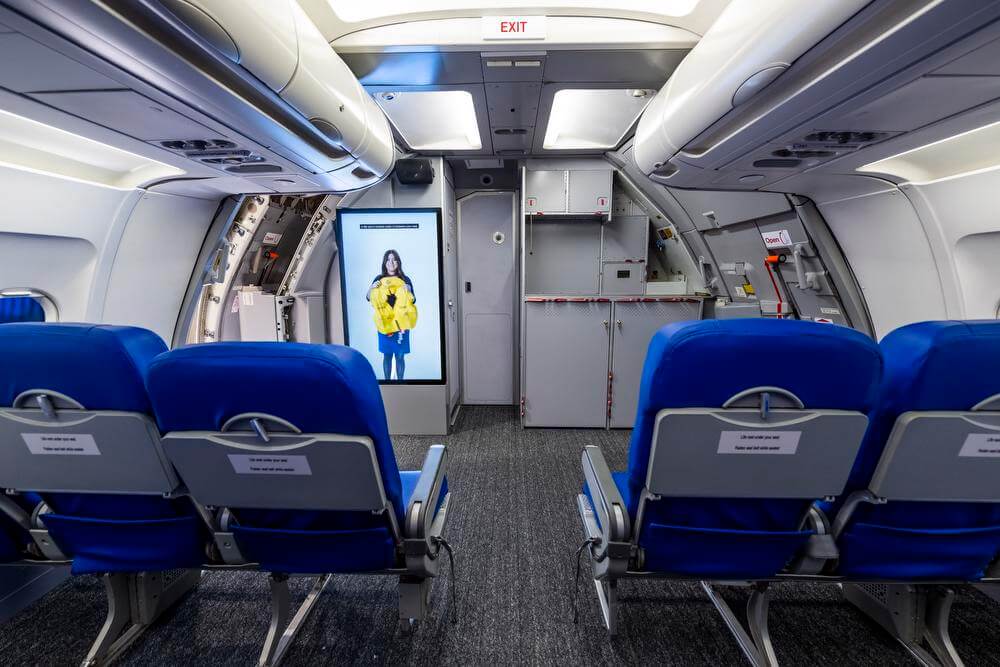 The Hold Room Podcast: Featuring Paul Martin
The Hold Room Podcast: Featuring Paul Martin
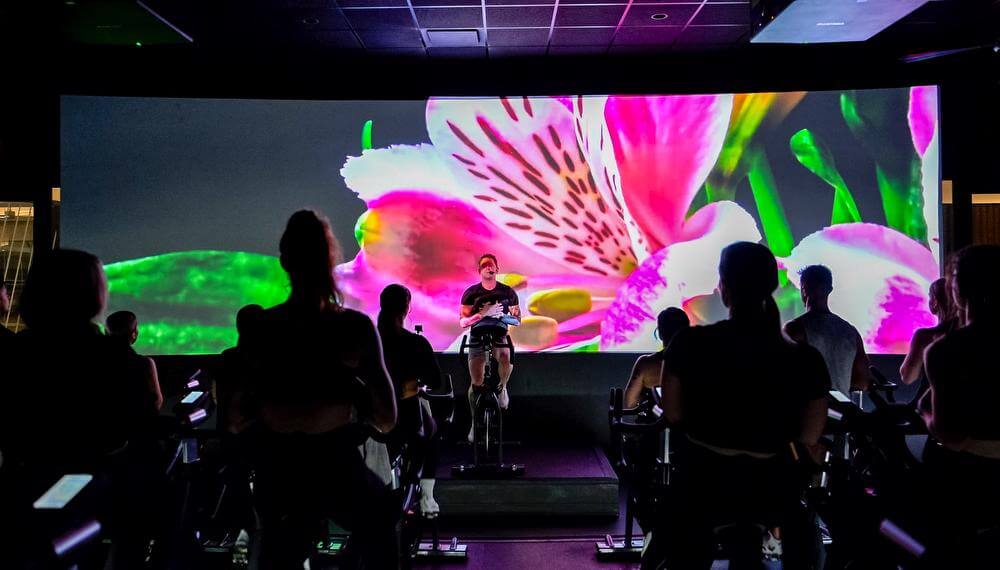 Three Technologies Shaping Innovative Experience Design
Three Technologies Shaping Innovative Experience Design
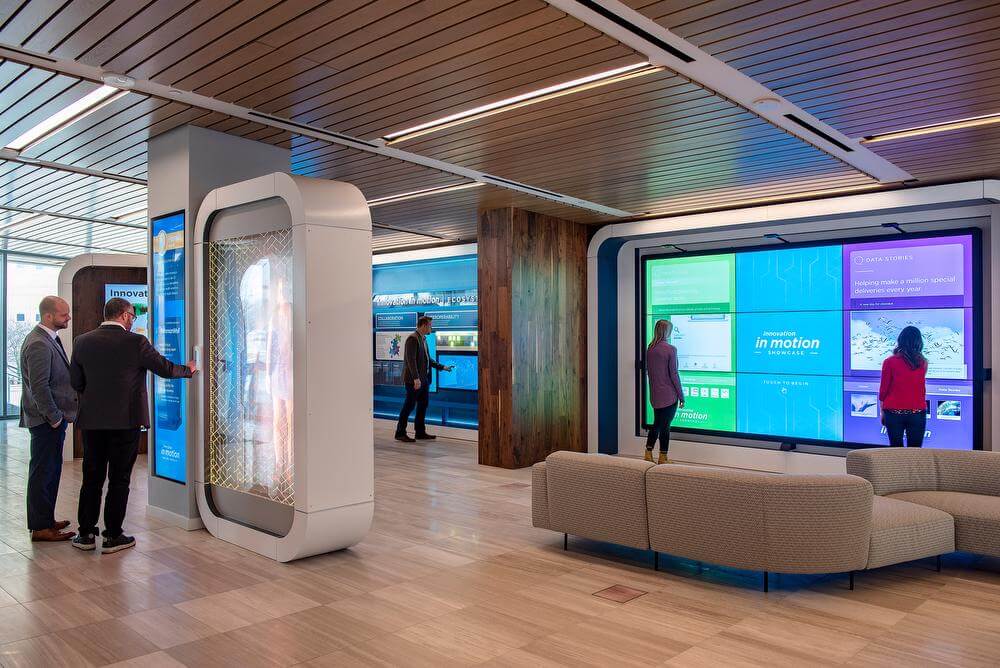 Innovation, Experience, and Executive Briefing Centers: What's the Difference?
Innovation, Experience, and Executive Briefing Centers: What's the Difference?
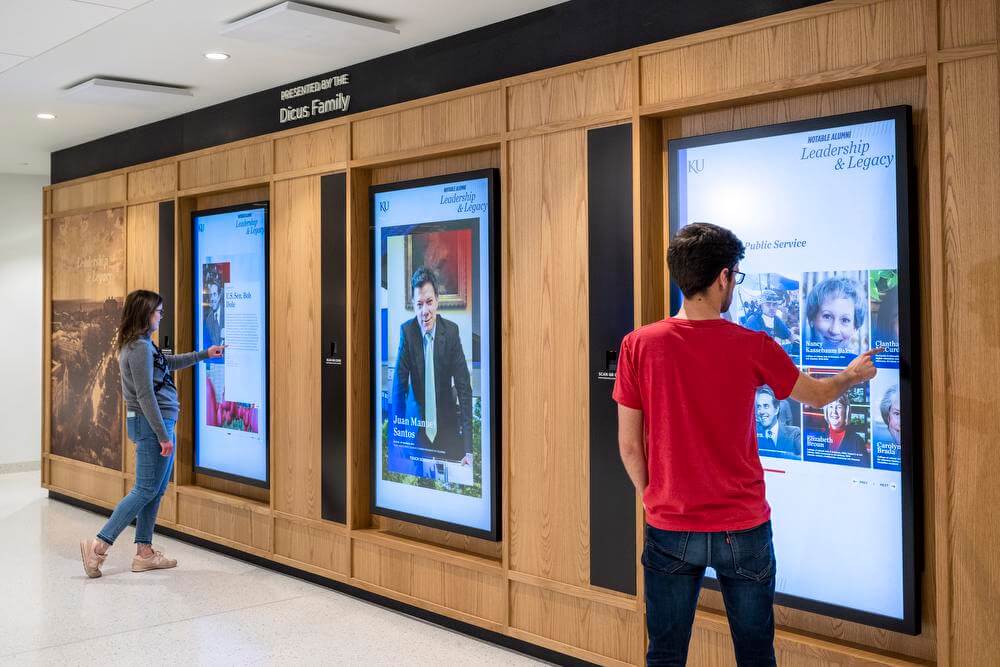 Welcome Centers: An Emerging Trend in Higher Education
Welcome Centers: An Emerging Trend in Higher Education
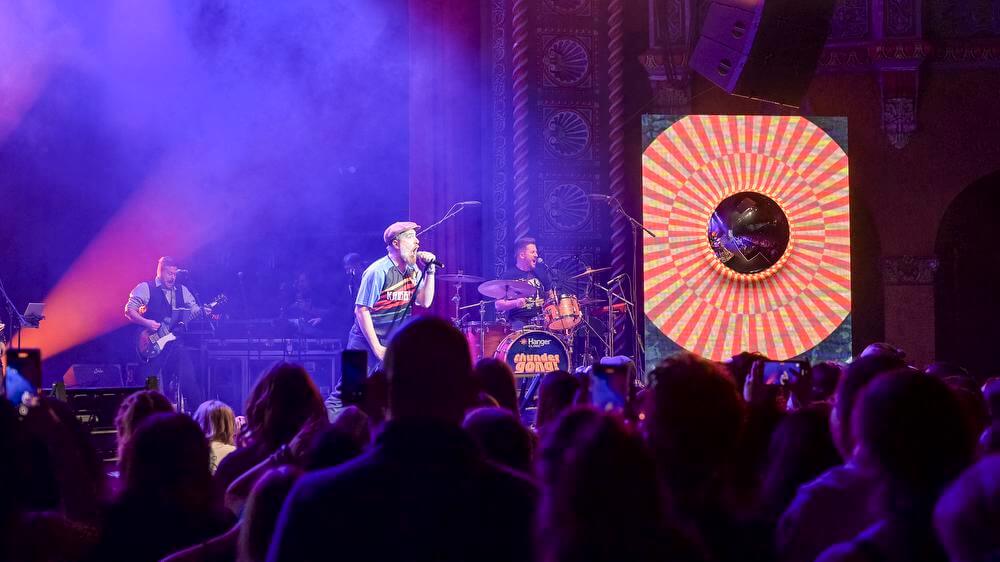 Thundergong!
Thundergong!
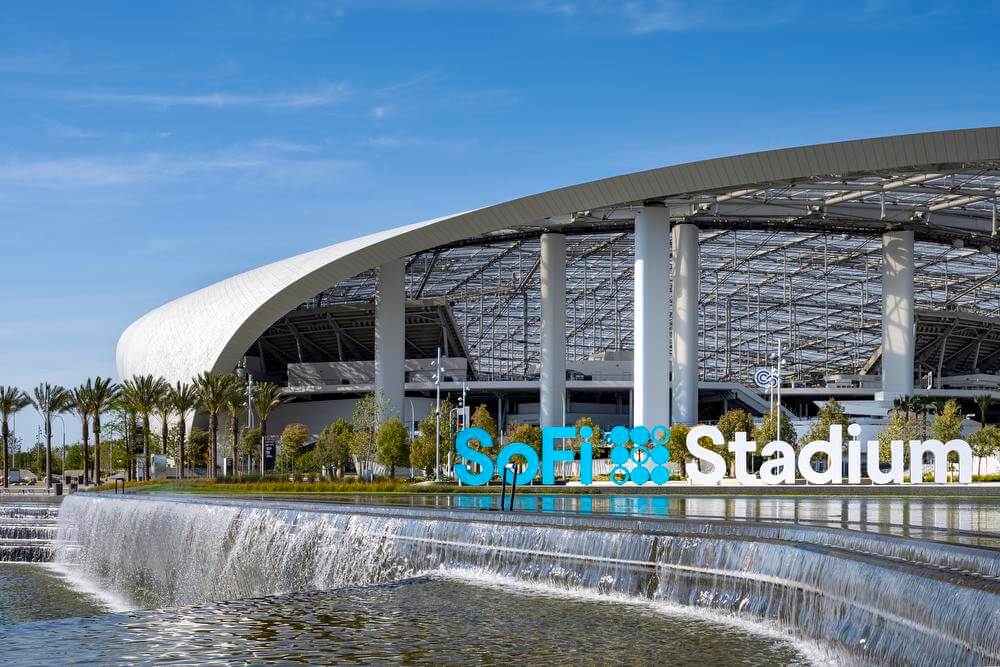 Experts’ Roundtable: Maximizing Your Stadium And Arena Development
Experts’ Roundtable: Maximizing Your Stadium And Arena Development
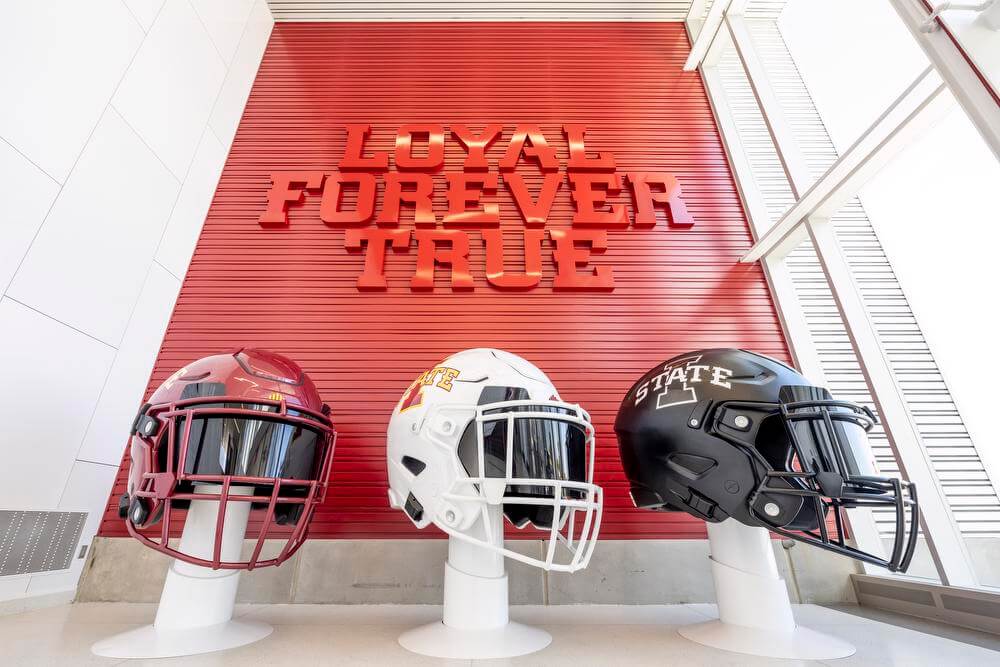 Go Beyond Game Day: A Comprehensive Approach to Athletic Facility Development
Go Beyond Game Day: A Comprehensive Approach to Athletic Facility Development
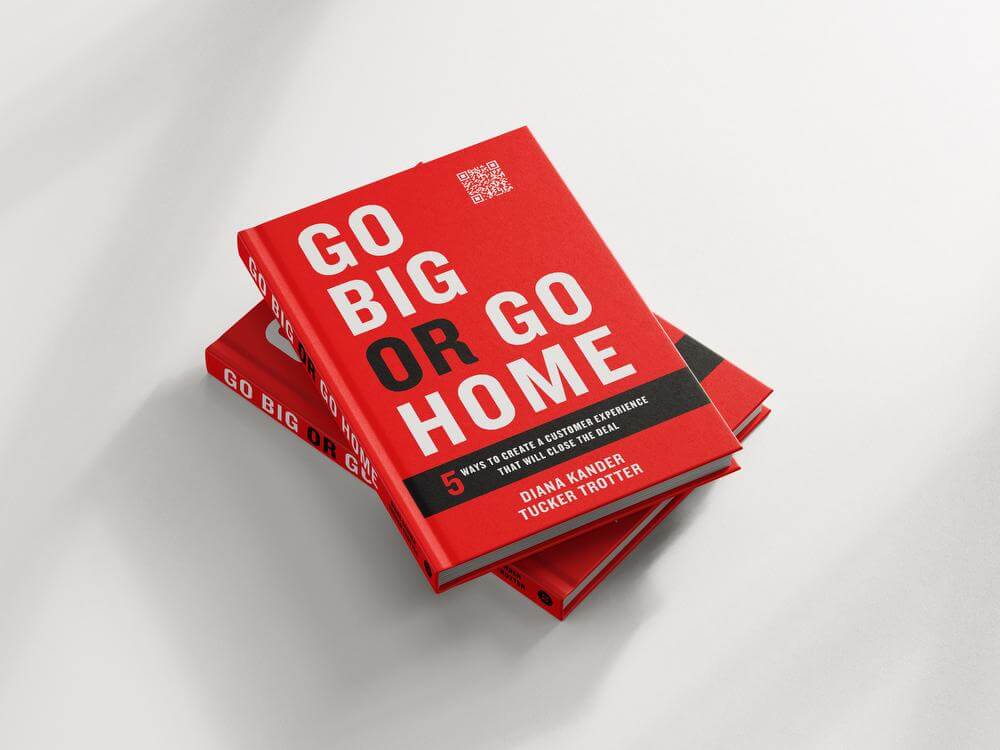 Go Big or Go Home
Go Big or Go Home
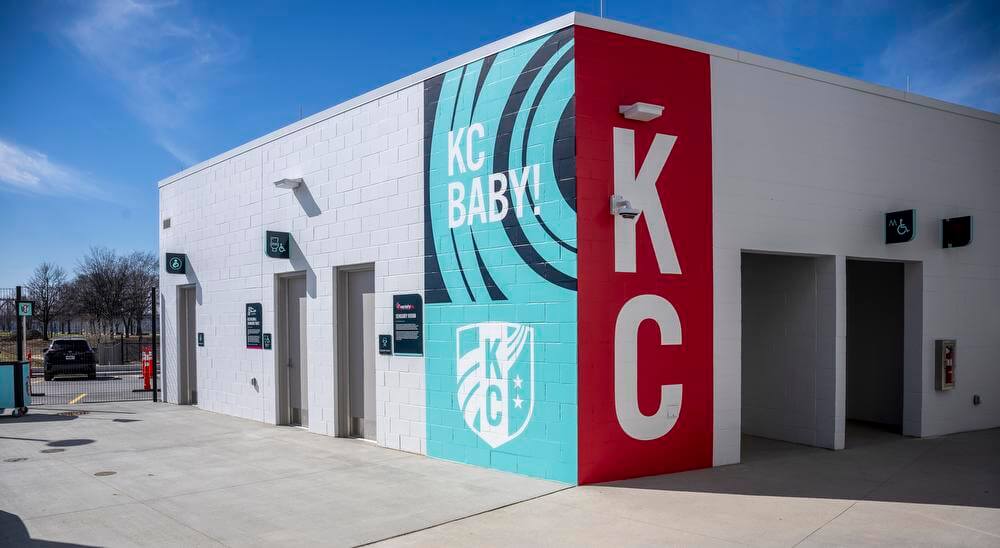 The Science of Signage + Wayfinding
The Science of Signage + Wayfinding
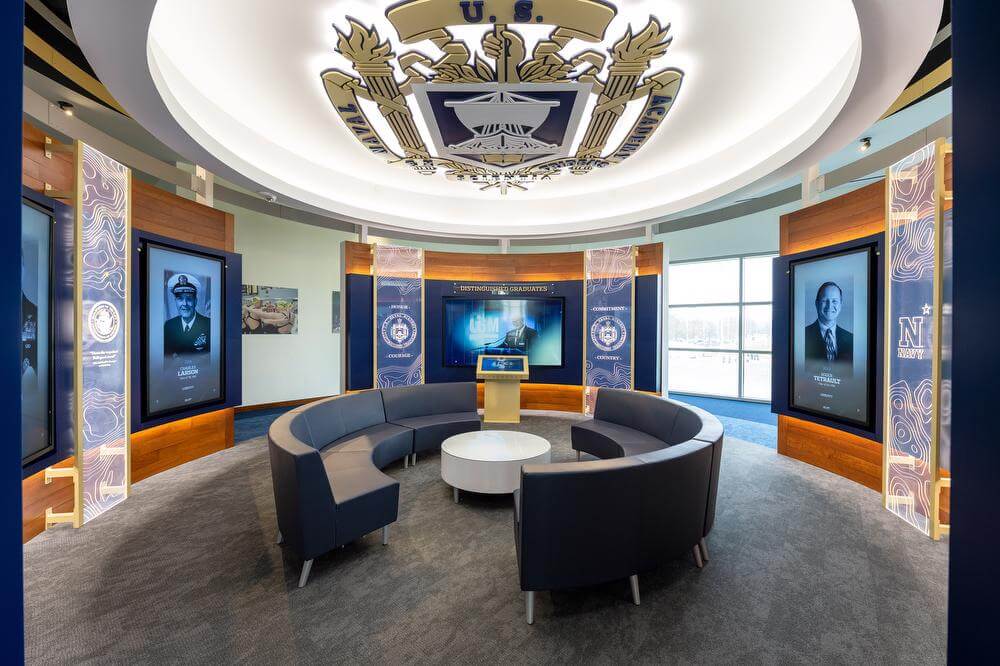 The Importance of Campus Planning for Experience, Not Just Capacity
The Importance of Campus Planning for Experience, Not Just Capacity
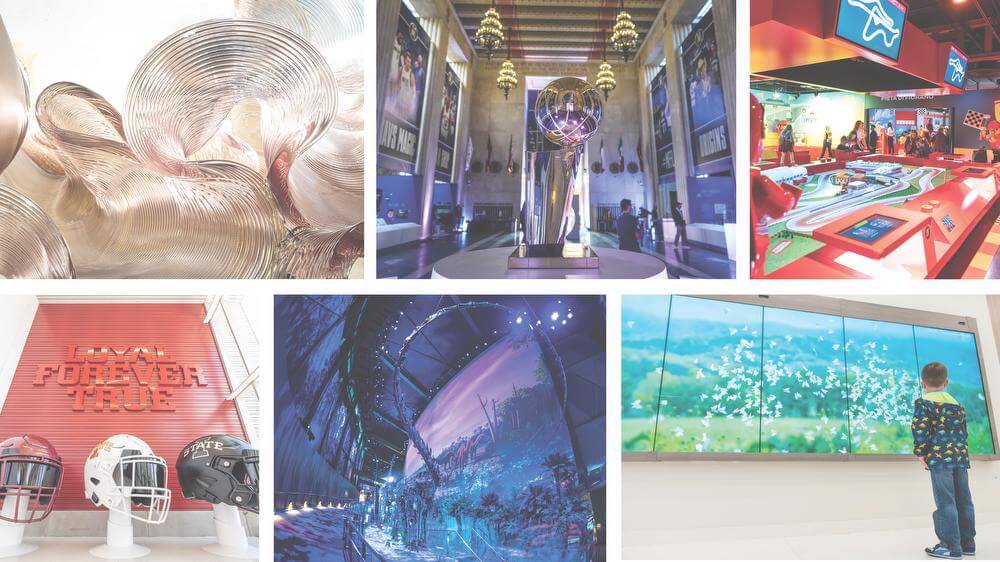 2022 Design Year in Review
Design Year in Review 2022
2022 Design Year in Review
Design Year in Review 2022
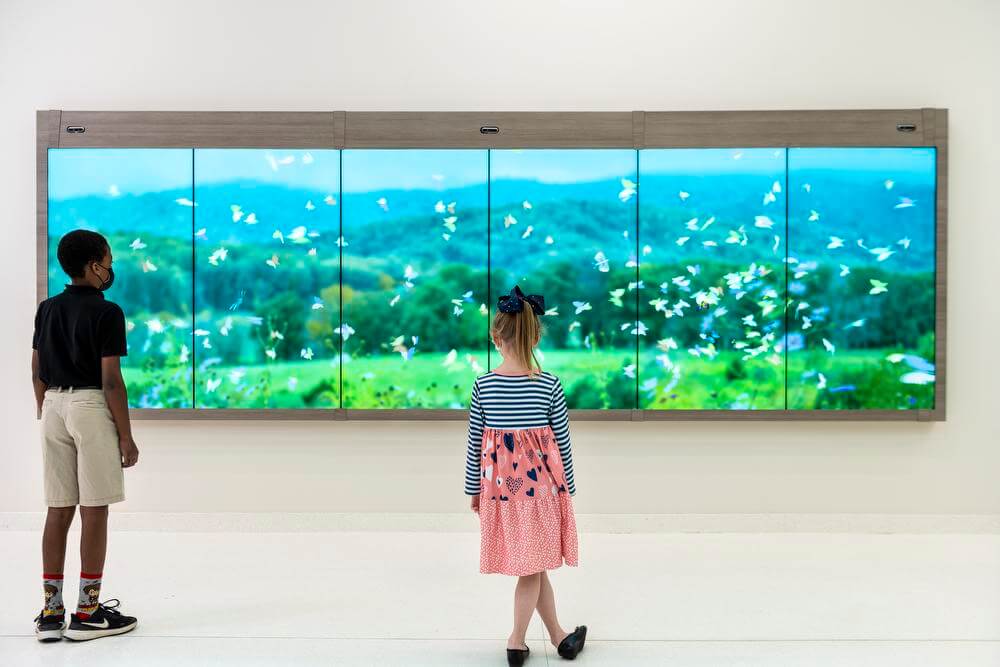 IN THE NEWS: Technology Fosters Engagement At Carilion Children’s Tanglewood Center
IN THE NEWS: Technology Fosters Engagement At Carilion Children’s Tanglewood Center
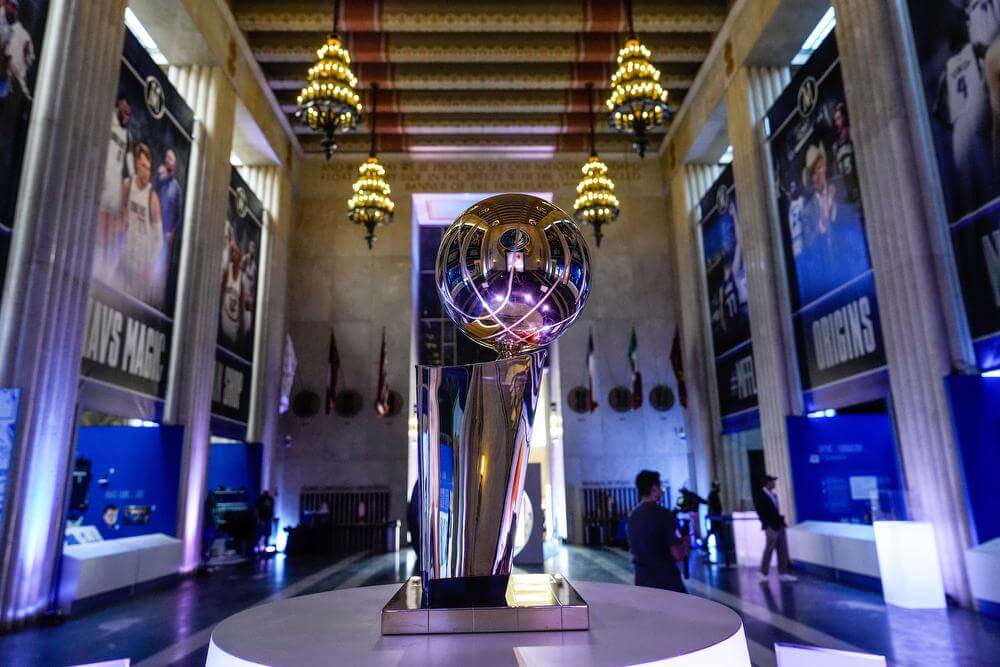 Dimensional Innovations Helps Create Dallas Mavericks Interactive Experience
Dimensional Innovations Helps Create Dallas Mavericks Interactive Experience
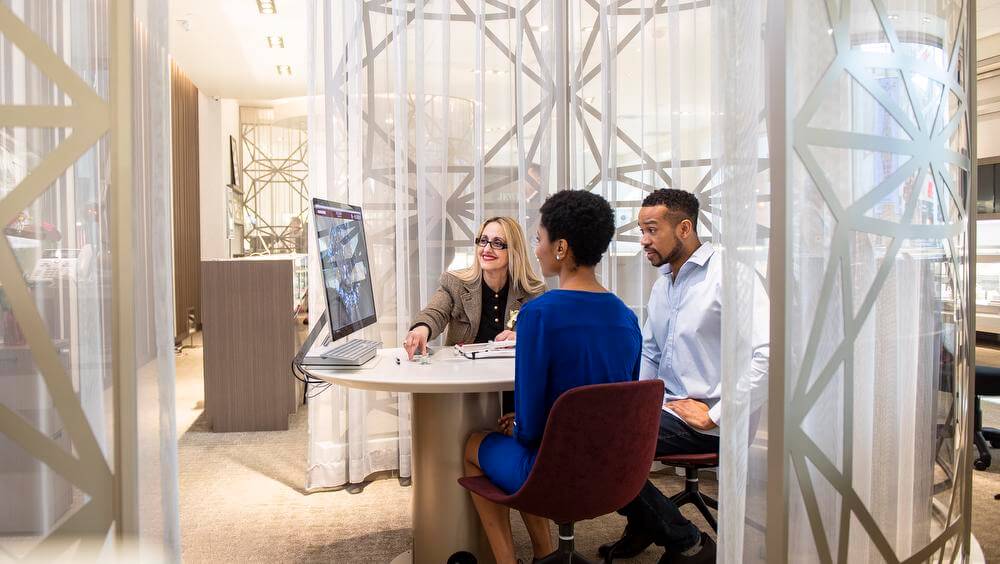 Not Your Average Retail Experience
Not Your Average Retail Experience
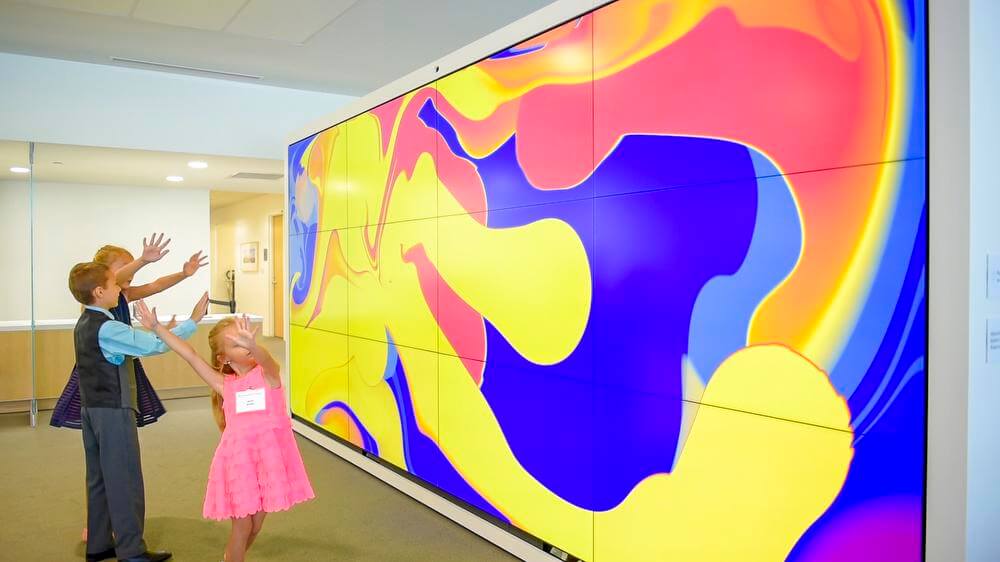 DI Behind the Scenes: Gestural Interfacing
DI Behind the Scenes: Gestural Interfacing
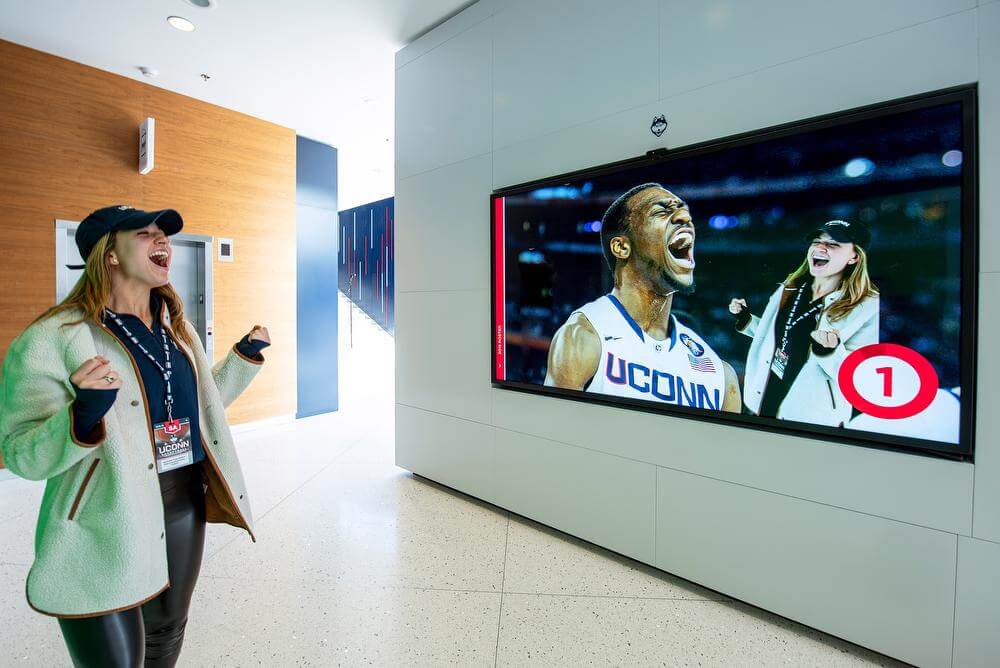 The Art of Cool
The Art of Cool
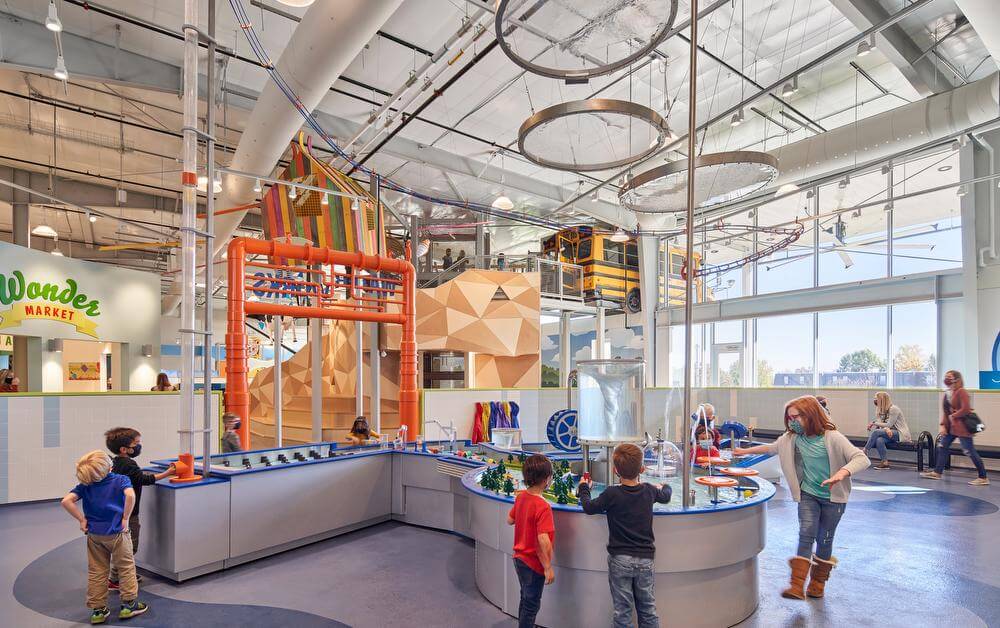 Connecting the Dots in Education: Museum and Classroom Collaboration
Connecting the Dots in Education: Museum and Classroom Collaboration
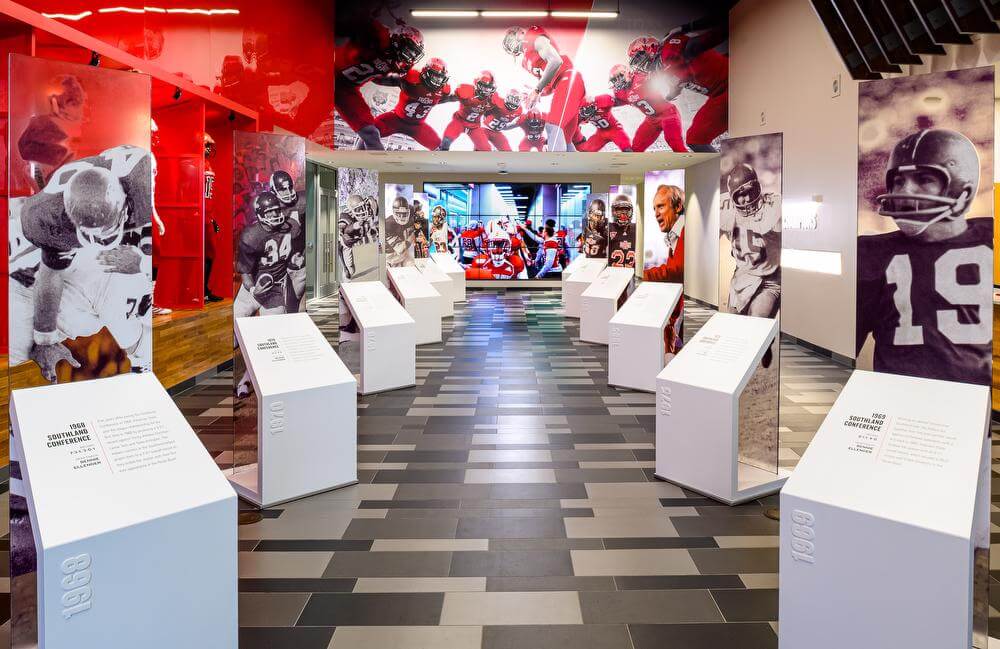 A New Model for Training Facilities: Focus First on Culture
A New Model for Training Facilities: Focus First on Culture
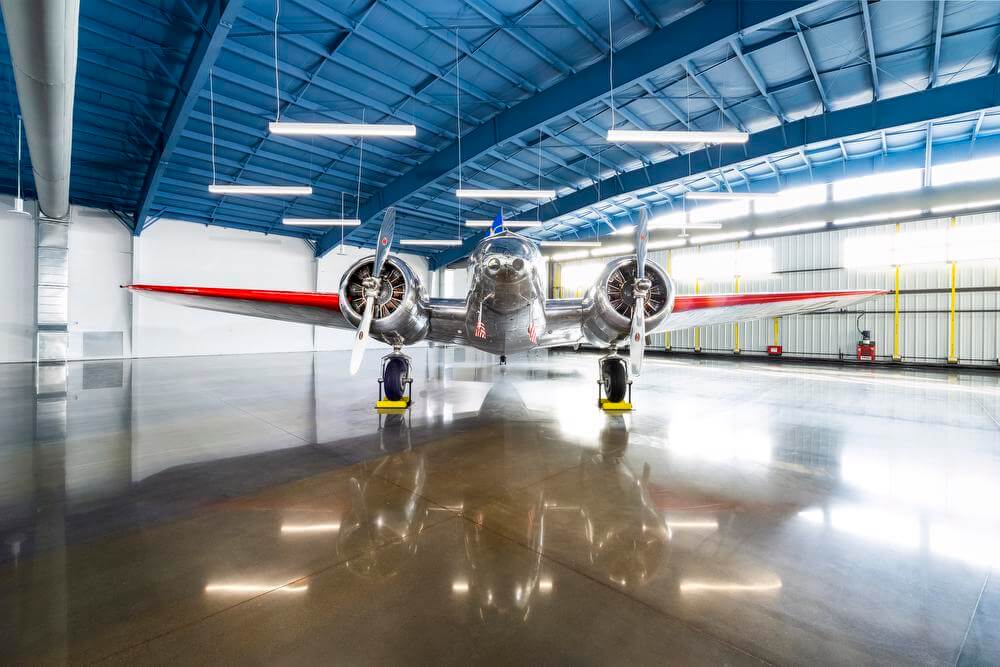 Dimensional Innovations and Amelia Earhart Hangar Museum Prepare for Takeoff
Dimensional Innovations and Amelia Earhart Hangar Museum Prepare for Takeoff
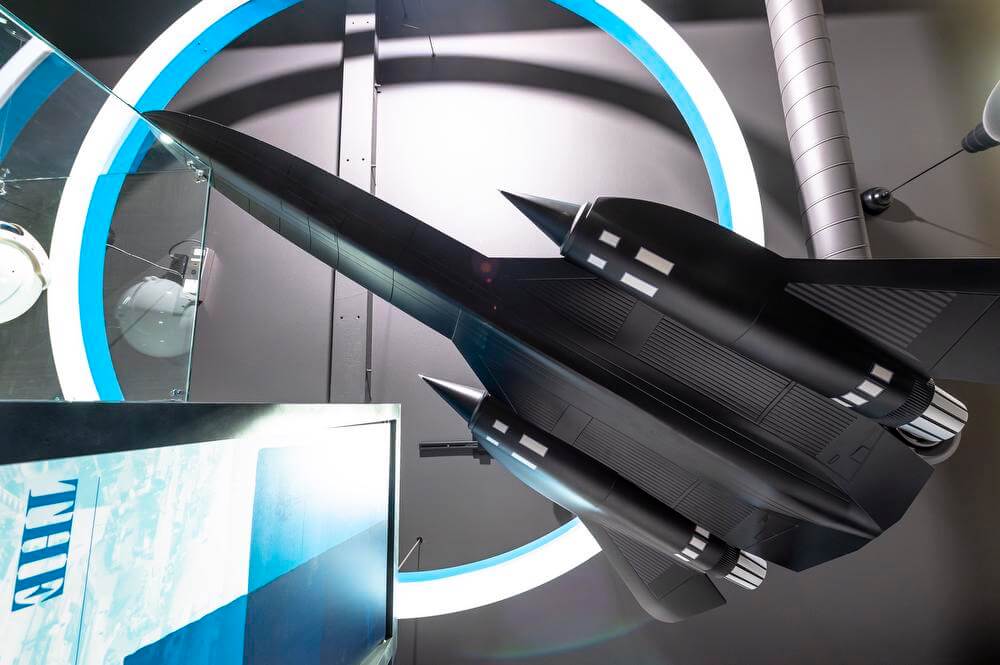 DI Behind the Scenes: Let’s Just 3D Print It - Episode 2
DI Behind the Scenes: Let’s Just 3D Print It - Episode 2
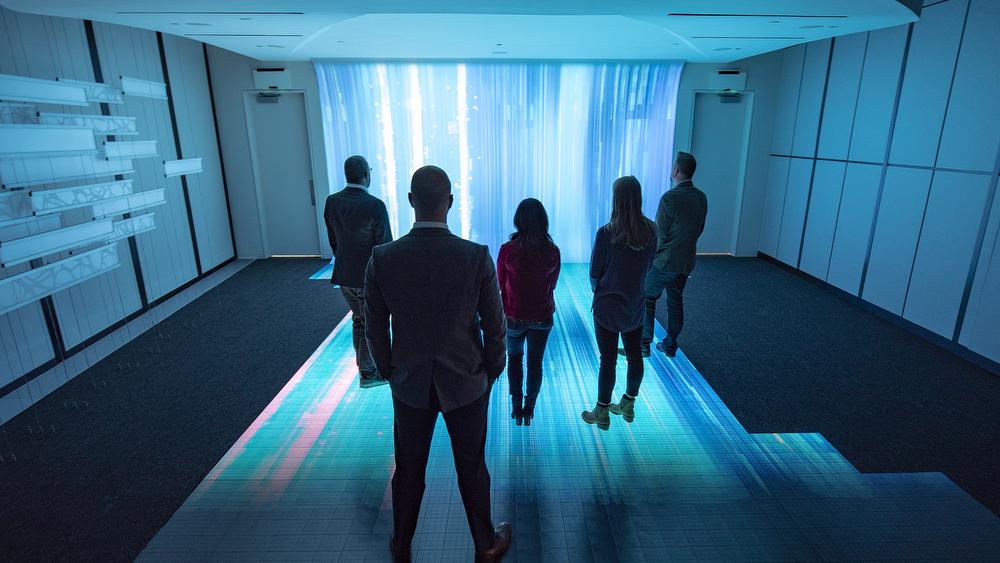 Let's Talk Metaverse
Let's Talk Metaverse
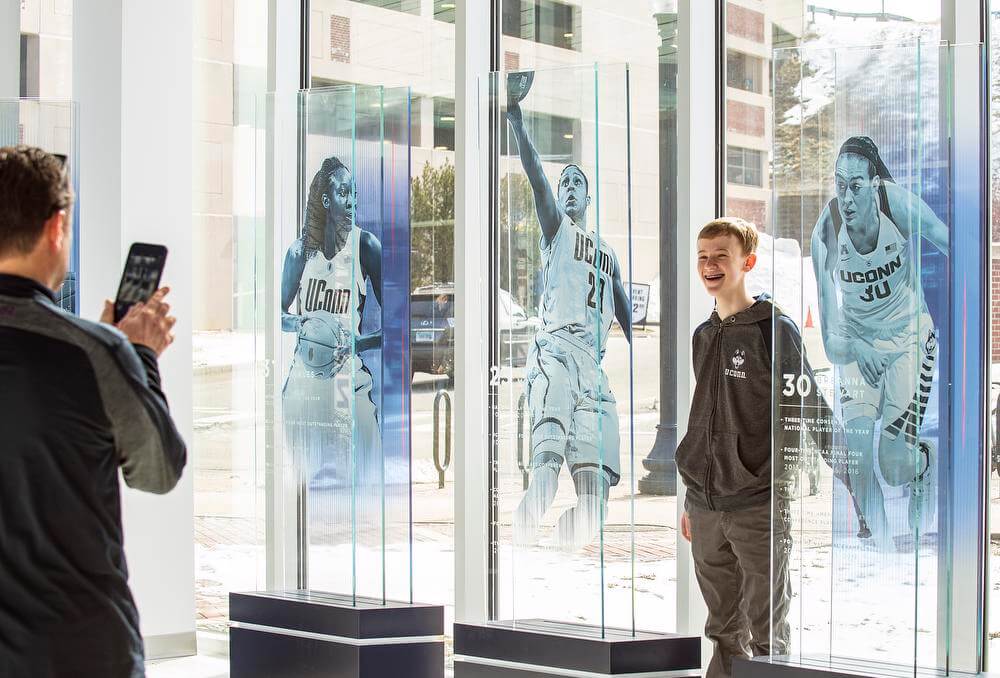 Content Is King On Campus
Content Is King On Campus
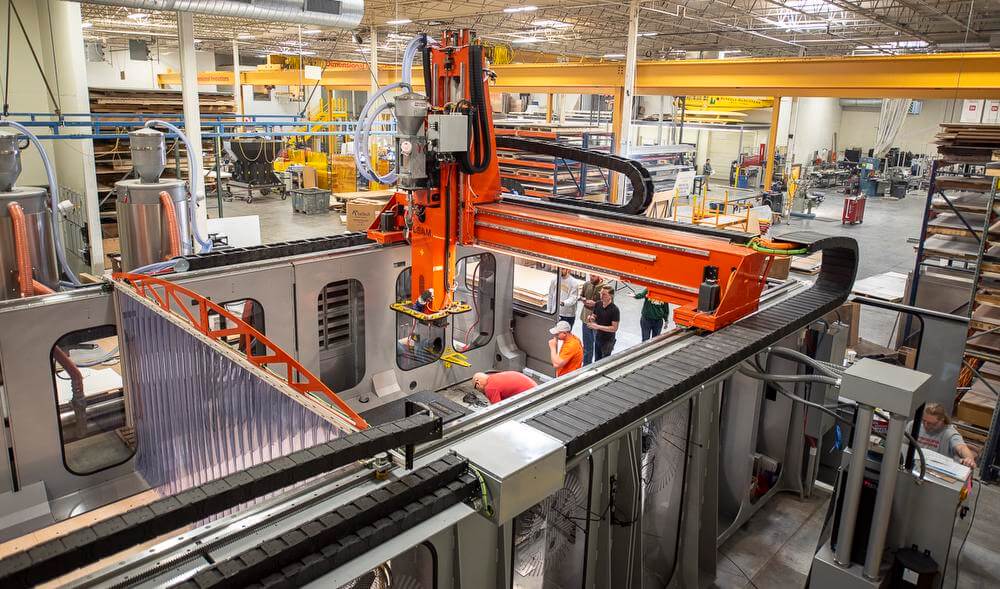 DI Behind the Scenes: Let’s Just 3D Print It
DI Behind the Scenes: Let’s Just 3D Print It
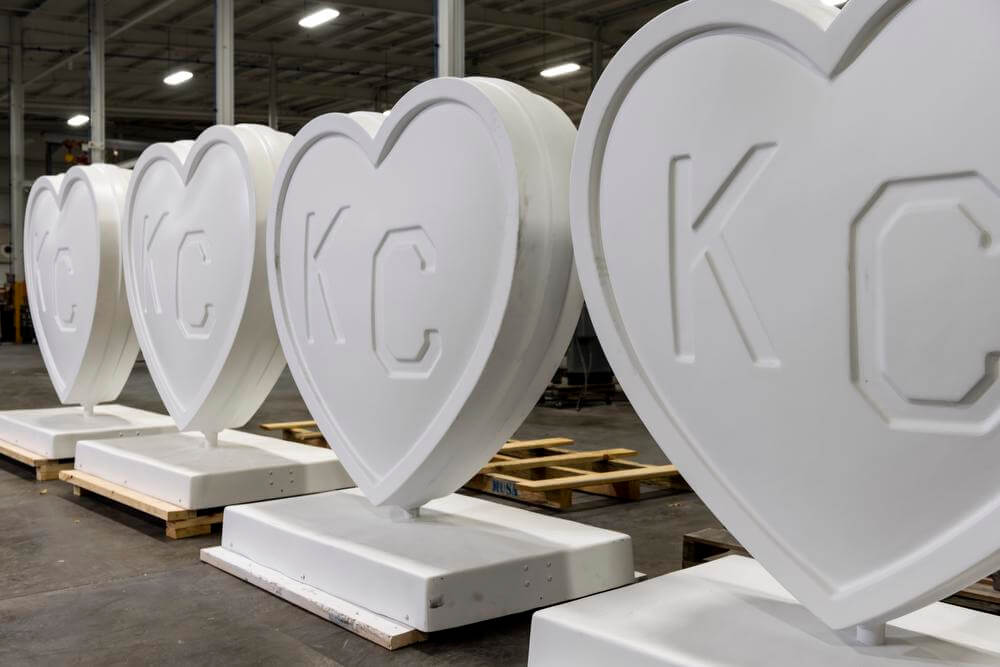 2022 Design Year in Review
Creating Community with Impactful Experiences
2022 Design Year in Review
Creating Community with Impactful Experiences
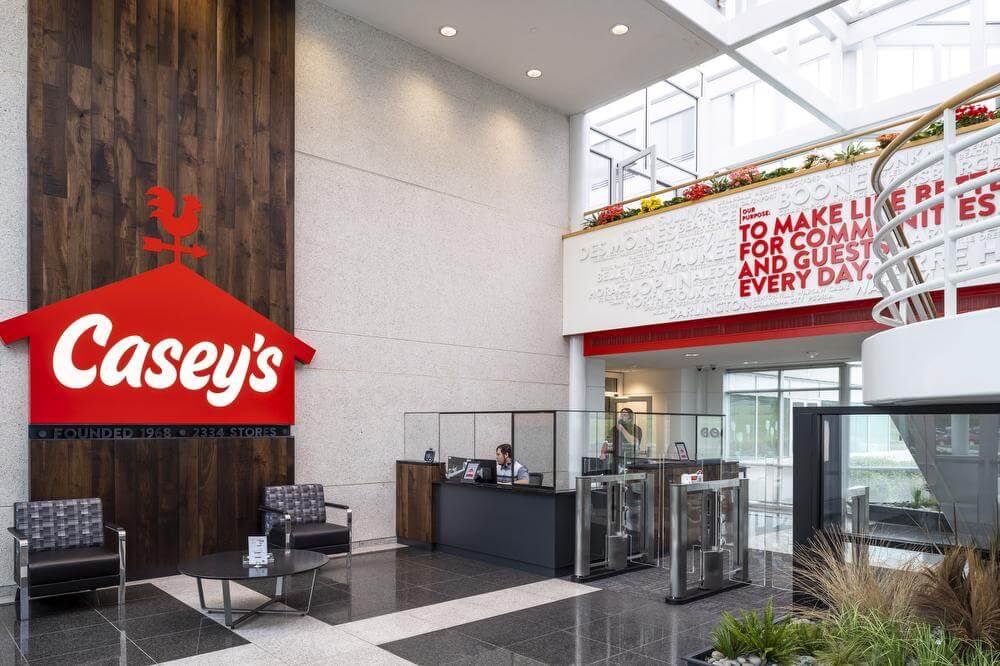 2021 Design Year in Review
The Evolution of Work: Experience-driven design puts employees first.
2021 Design Year in Review
The Evolution of Work: Experience-driven design puts employees first.
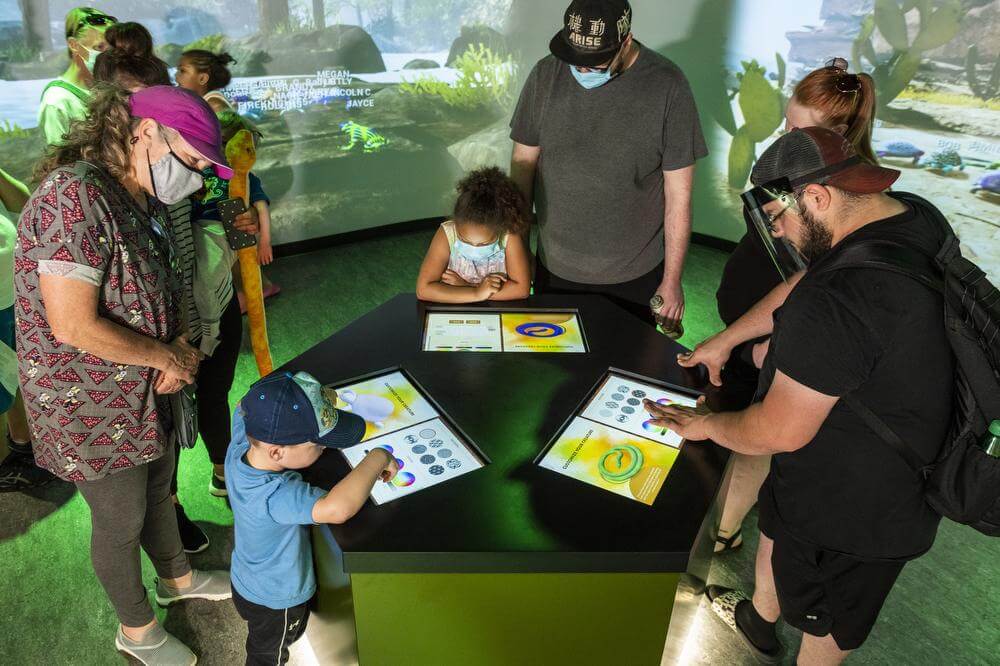 2021 Design Year in Review
Cultural Institutions: The power of bringing people back together
2021 Design Year in Review
Cultural Institutions: The power of bringing people back together
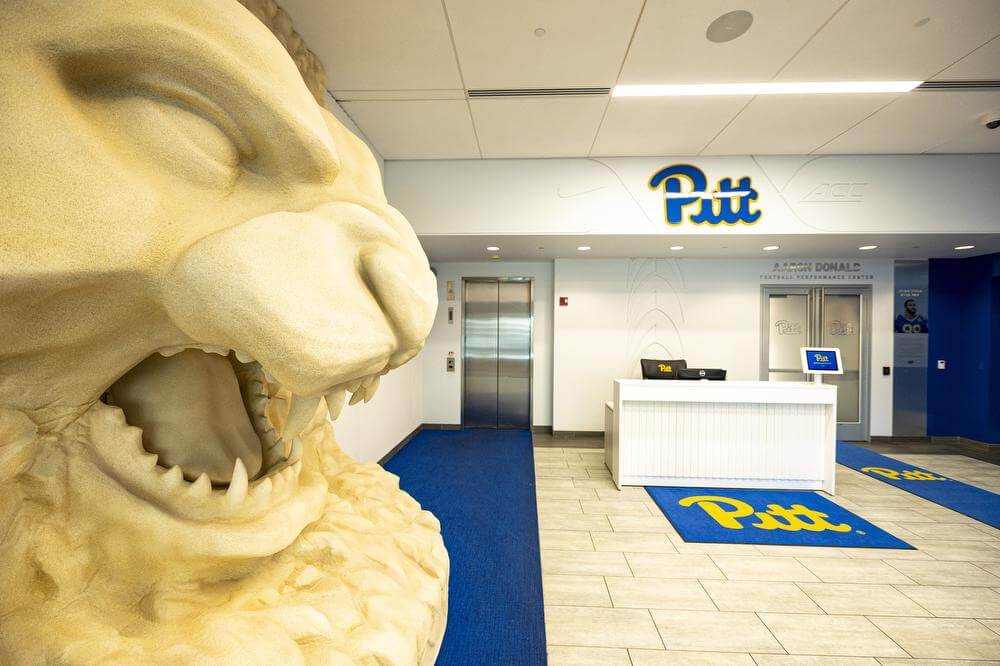 2021 Design Year in Review
The landscape of college athletics is an ever-changing game
2021 Design Year in Review
The landscape of college athletics is an ever-changing game
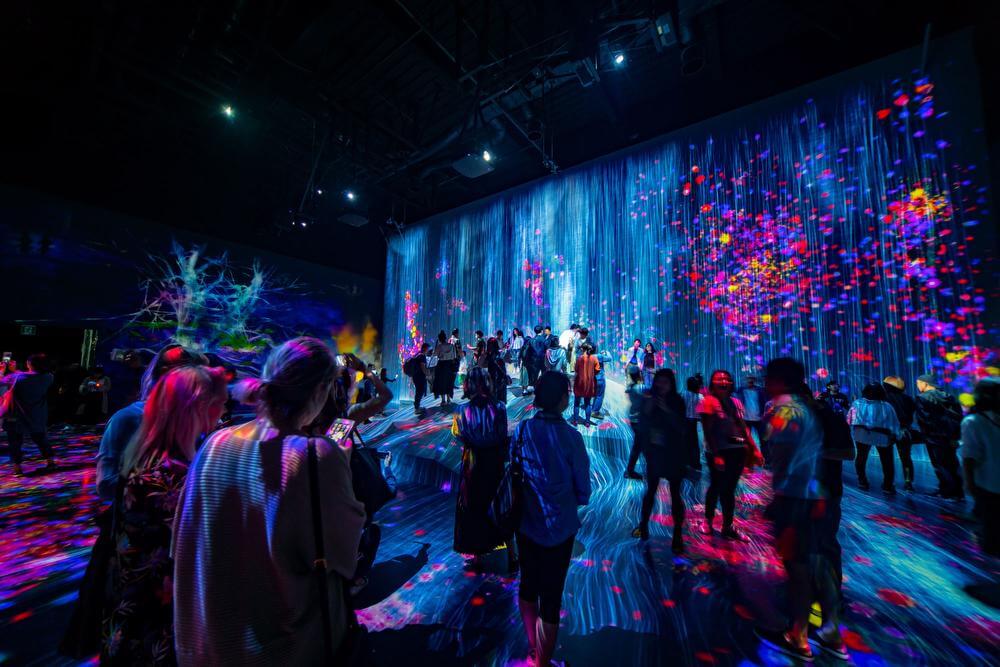 Entertainment Trends: Immersive Experiences
Entertainment Trends: Immersive Experiences
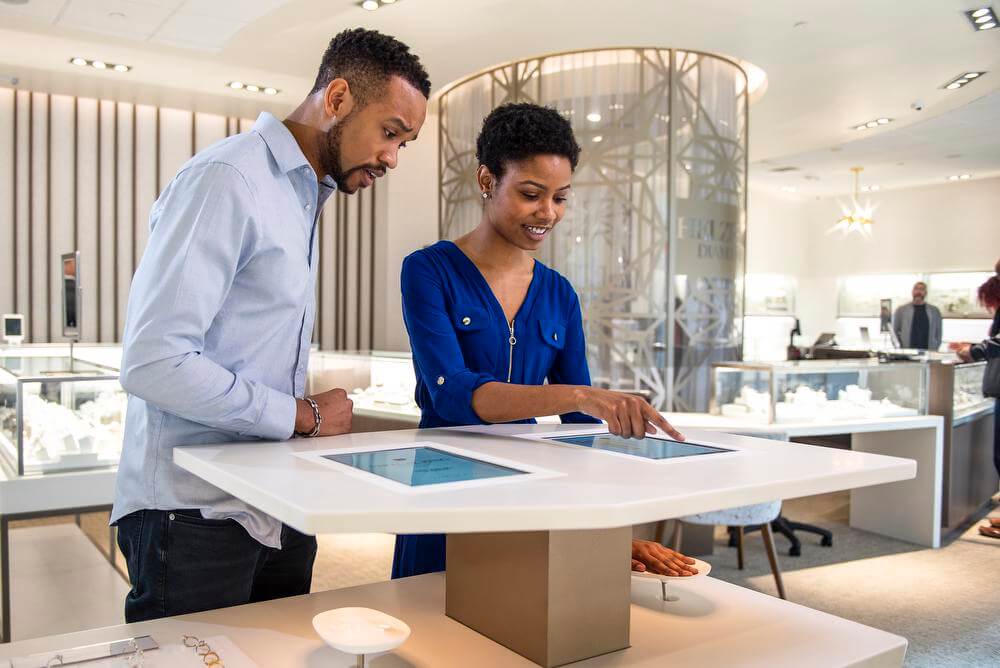 Retail Trends: The Return of the Kiosk
Retail Trends: The Return of the Kiosk
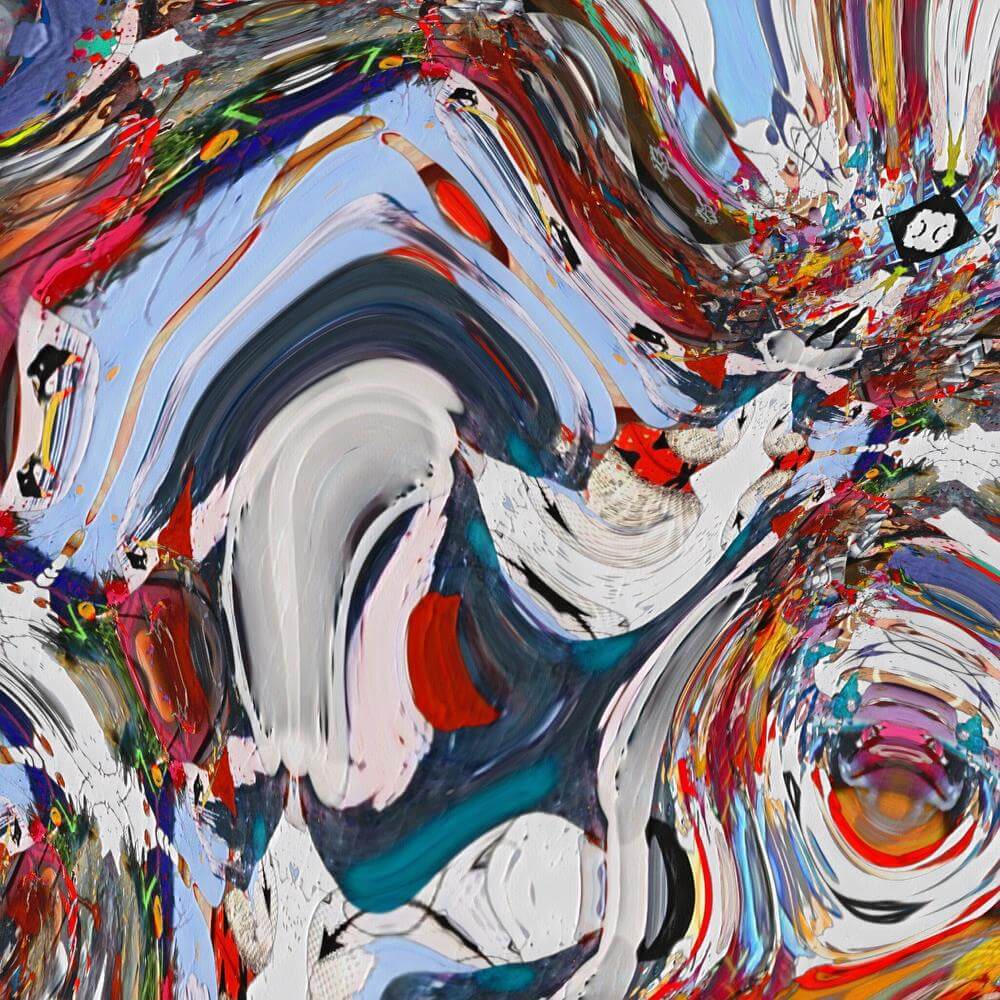 From the Innovation Lab: Transforming Spaces with Generative Art (Part 2)
From the Innovation Lab: Transforming Spaces with Generative Art (Part 2)
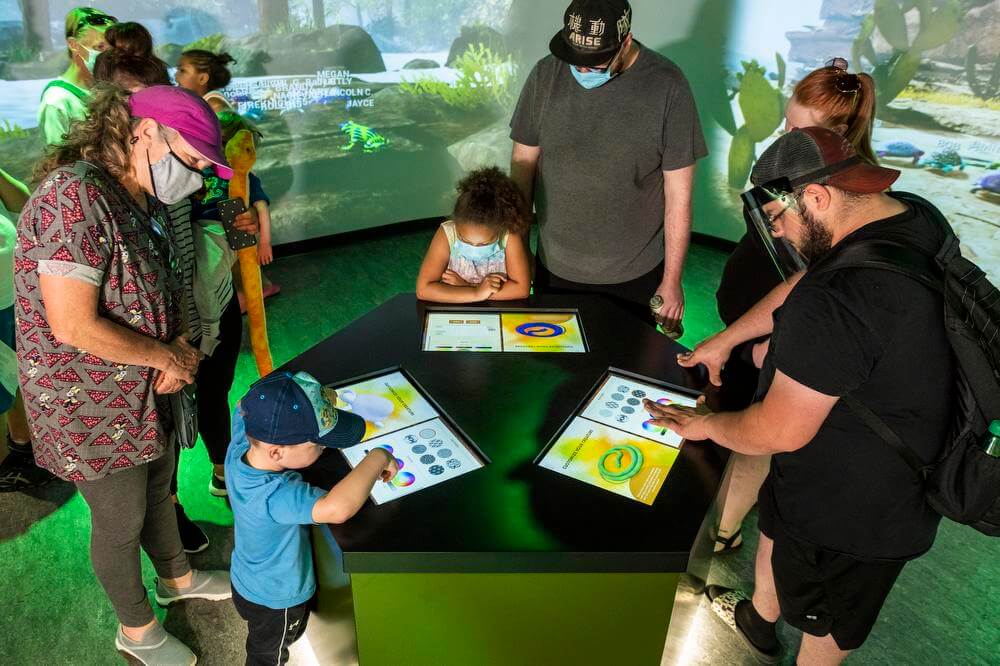 Finding Balance: Effectively Weaving Technology into Exhibit Design
Finding Balance: Effectively Weaving Technology into Exhibit Design
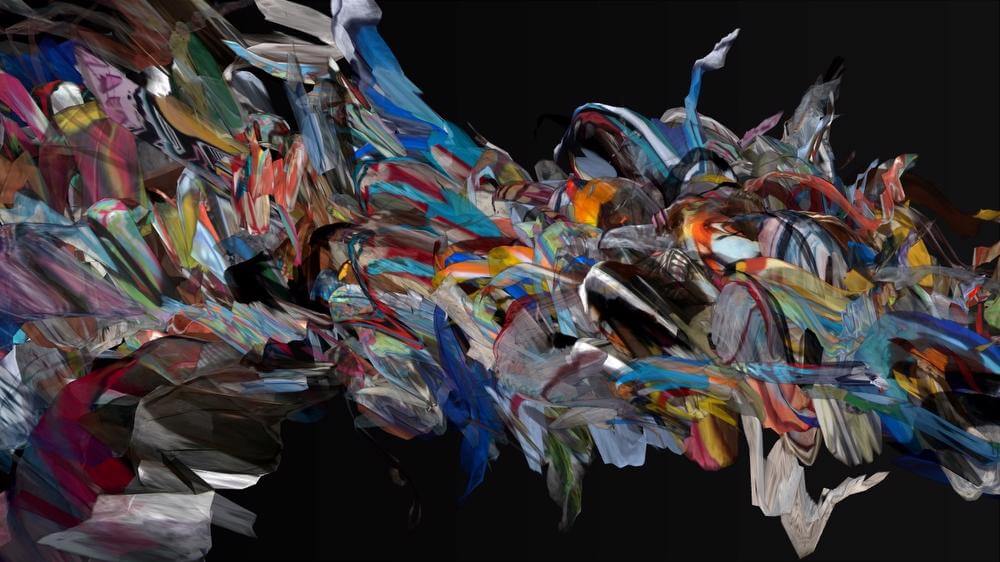 From the Innovation Lab: Transforming Spaces with Generative Art (Part 1)
From the Innovation Lab: Transforming Spaces with Generative Art (Part 1)
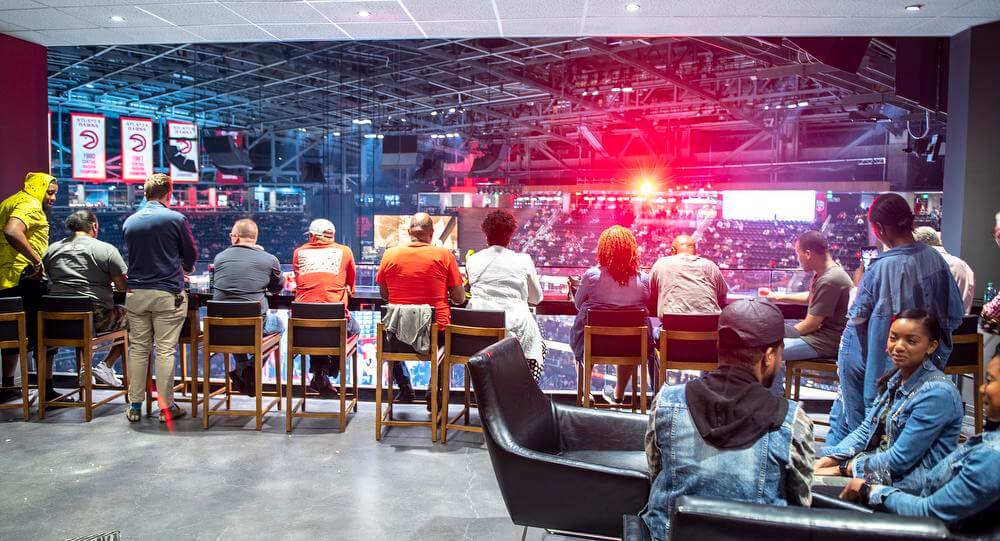 The Future of Venue Experiences
The Future of Venue Experiences
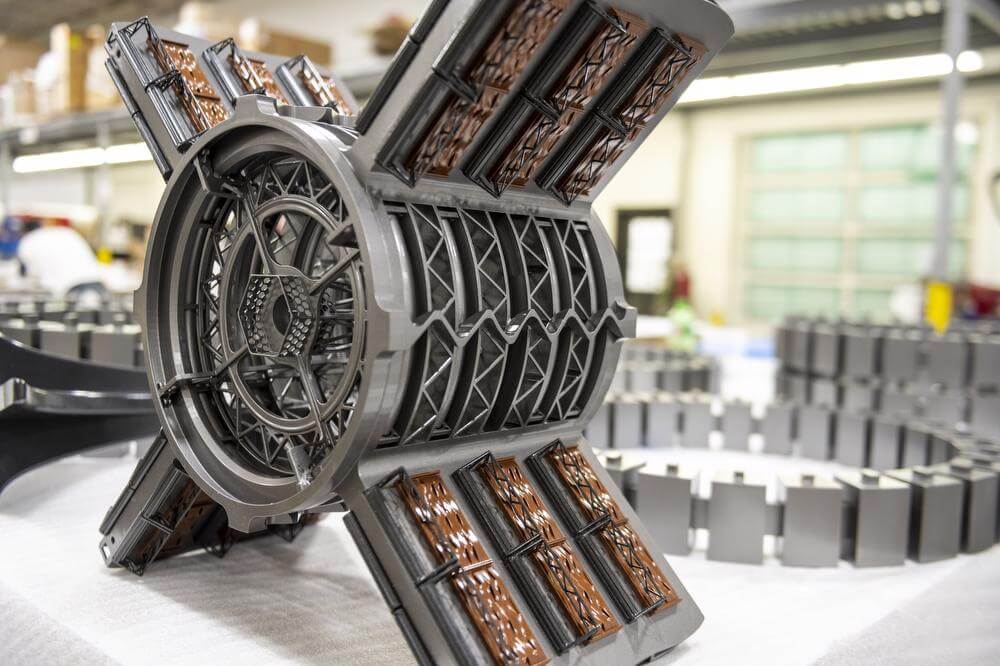 In the News: Dimensional Innovations Creates Elaborate Design with Traditional Engineering
In the News: Dimensional Innovations Creates Elaborate Design with Traditional Engineering
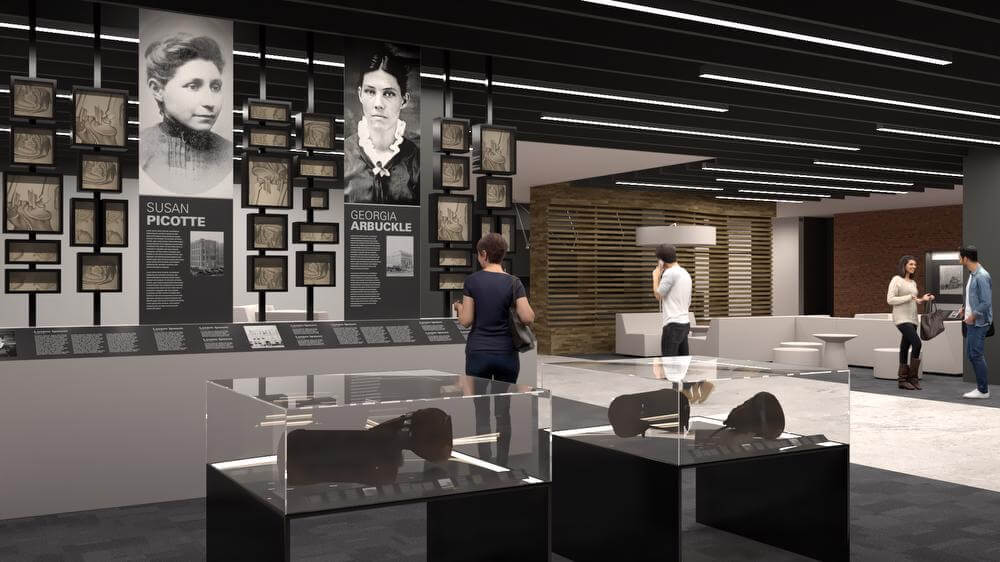 FUNDRAISING: DEVELOPING A CONNECTION THROUGH STORYTELLING
FUNDRAISING: DEVELOPING A CONNECTION THROUGH STORYTELLING
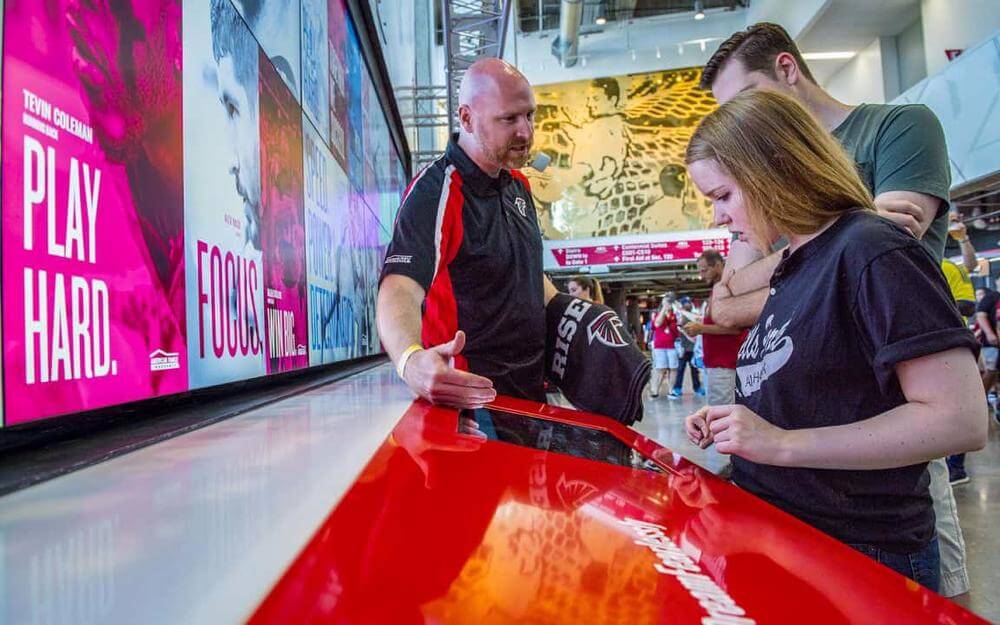 CREATING THE SPACE: HOW DYNAMIC ENVIRONMENTS HELP SPORTS BETTING THRIVE
CREATING THE SPACE: HOW DYNAMIC ENVIRONMENTS HELP SPORTS BETTING THRIVE
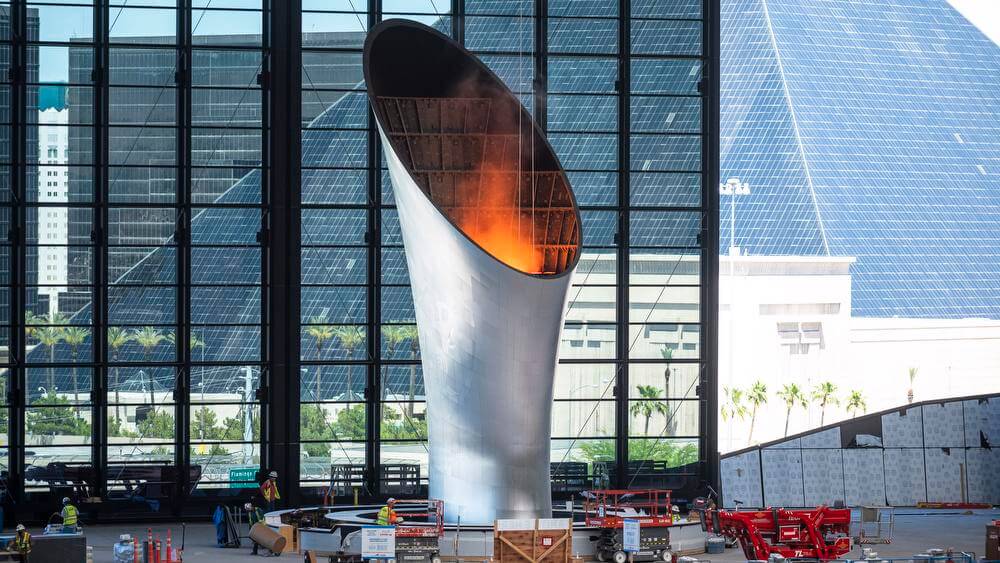 2020 Design Year in Review
2020 Design Year in Review
2020 Design Year in Review
2020 Design Year in Review
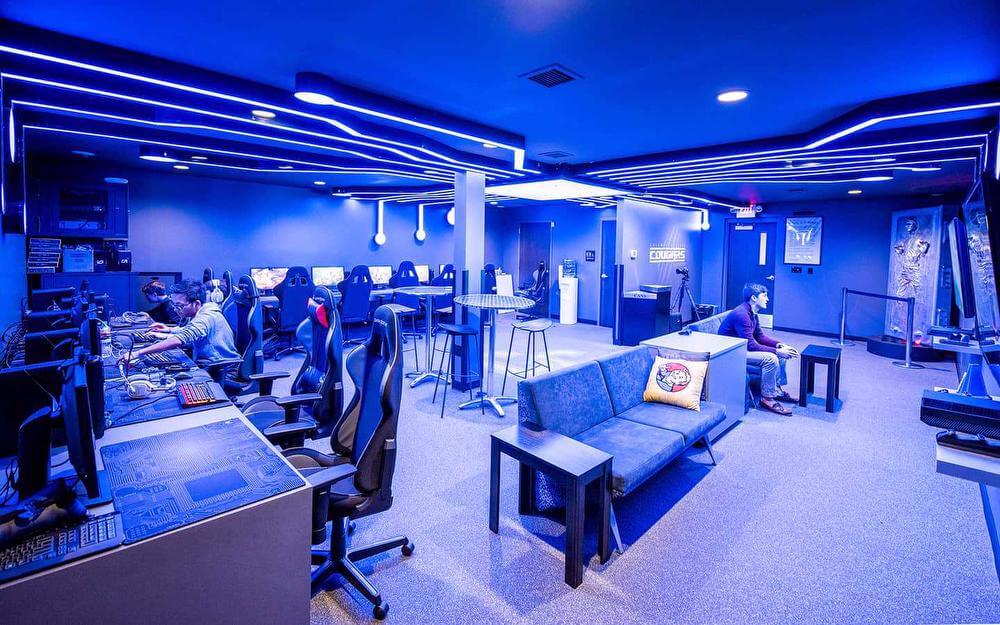 INFRASTRUCTURE IN ESPORTS: THE FUTURE OF BUILT SPACE FOR COMPETITIVE GAMING
INFRASTRUCTURE IN ESPORTS: THE FUTURE OF BUILT SPACE FOR COMPETITIVE GAMING
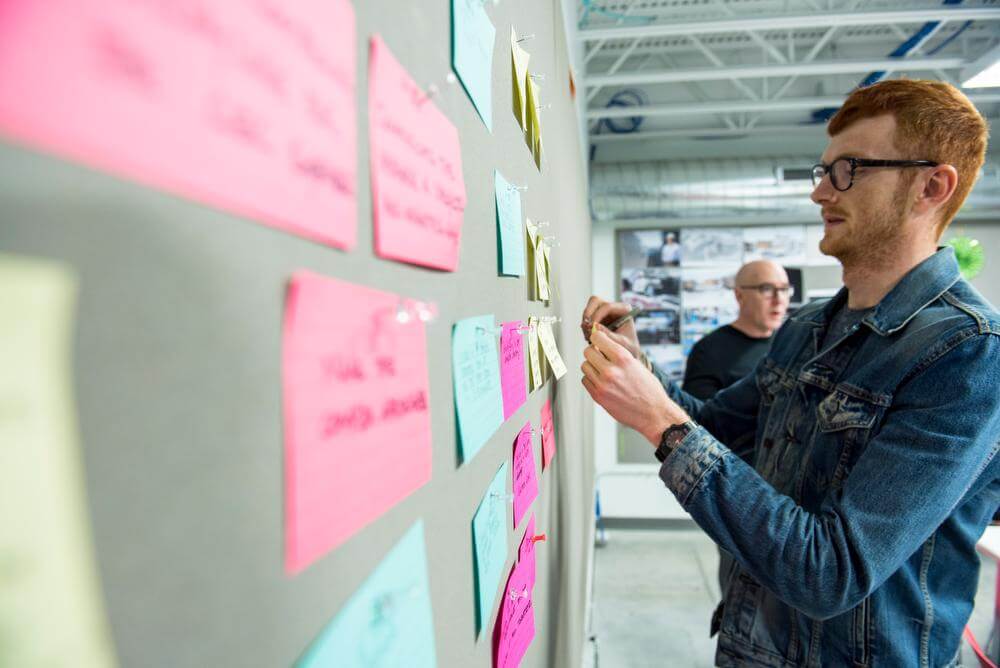 Discovery is a Question
Discovery is a Question
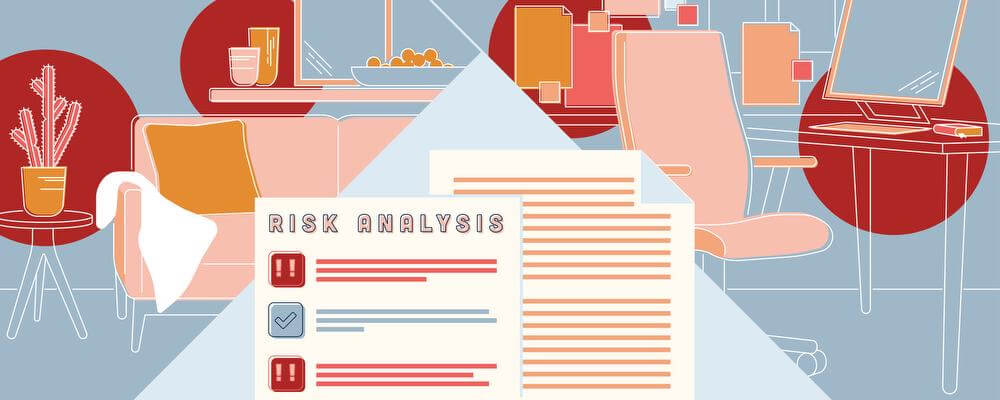 THE POWER OF HUMAN-FOCUSED STORYTELLING IN CORPORATE BRIEFING EXPERIENCES
THE POWER OF HUMAN-FOCUSED STORYTELLING IN CORPORATE BRIEFING EXPERIENCES
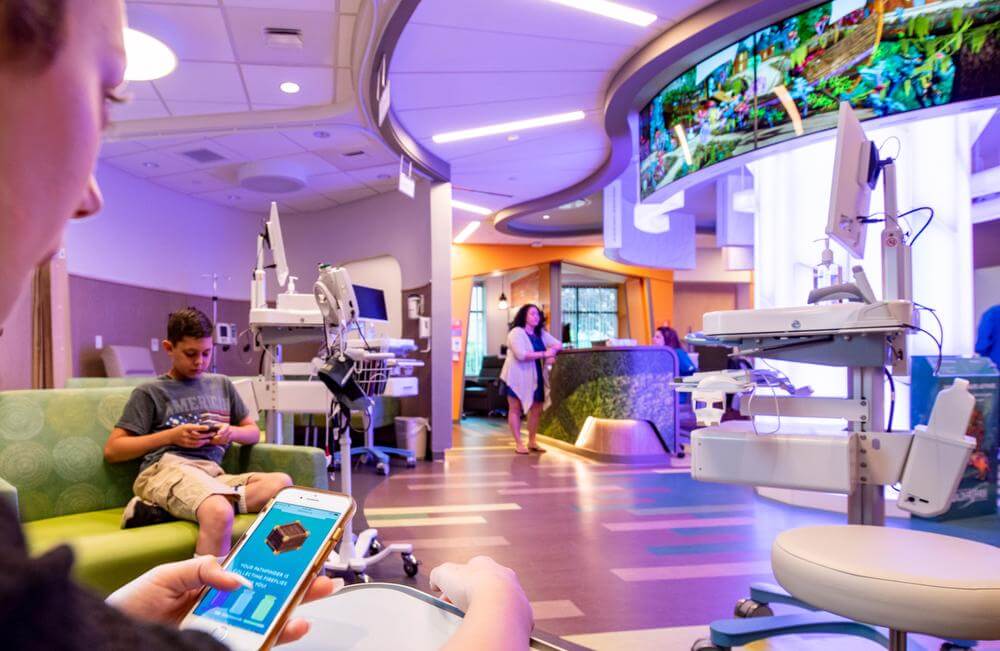 INNOVATION IN PEDIATRIC HEALTHCARE + THE RIGHT QUESTIONS TO ASK
INNOVATION IN PEDIATRIC HEALTHCARE + THE RIGHT QUESTIONS TO ASK
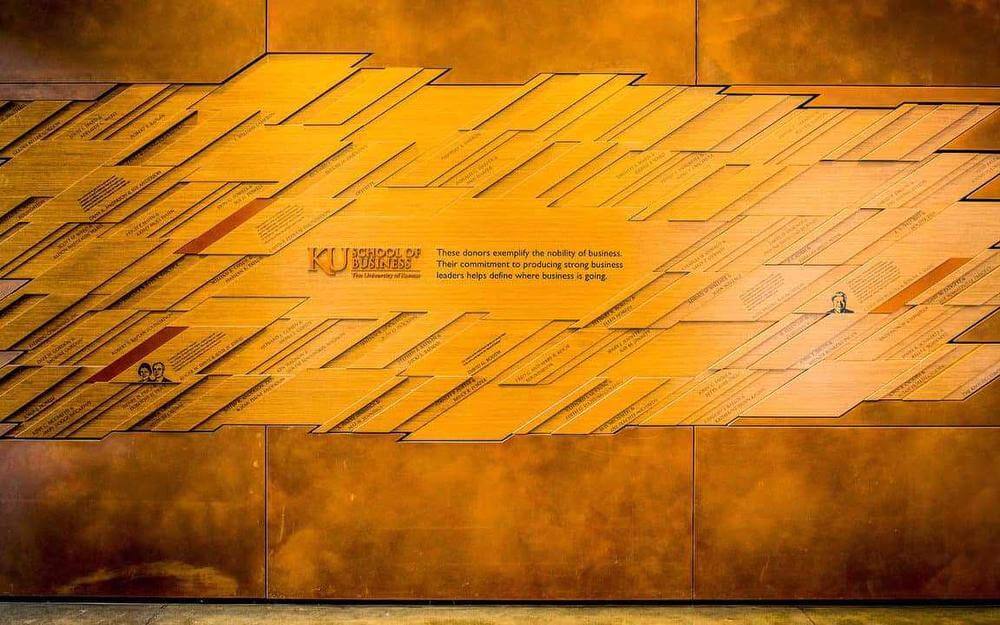 5 DONOR WALLS THAT WILL LEAVE A MARK
5 DONOR WALLS THAT WILL LEAVE A MARK
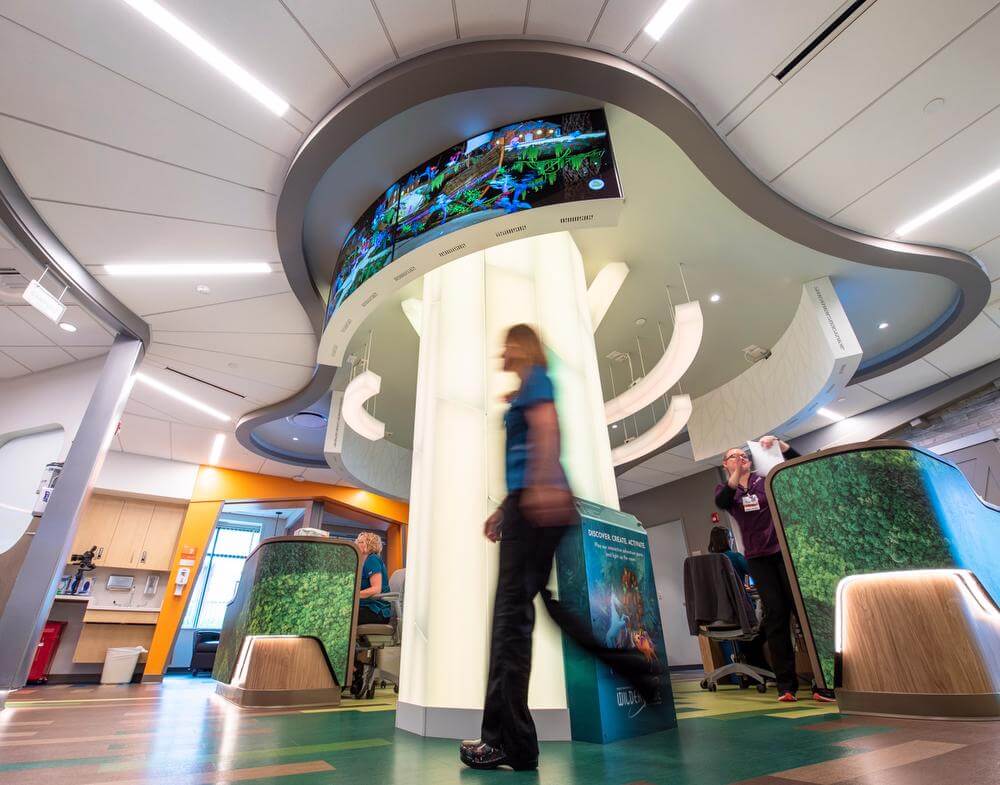 THE NEXT EVOLUTION OF PATIENT EXPERIENCE
THE NEXT EVOLUTION OF PATIENT EXPERIENCE
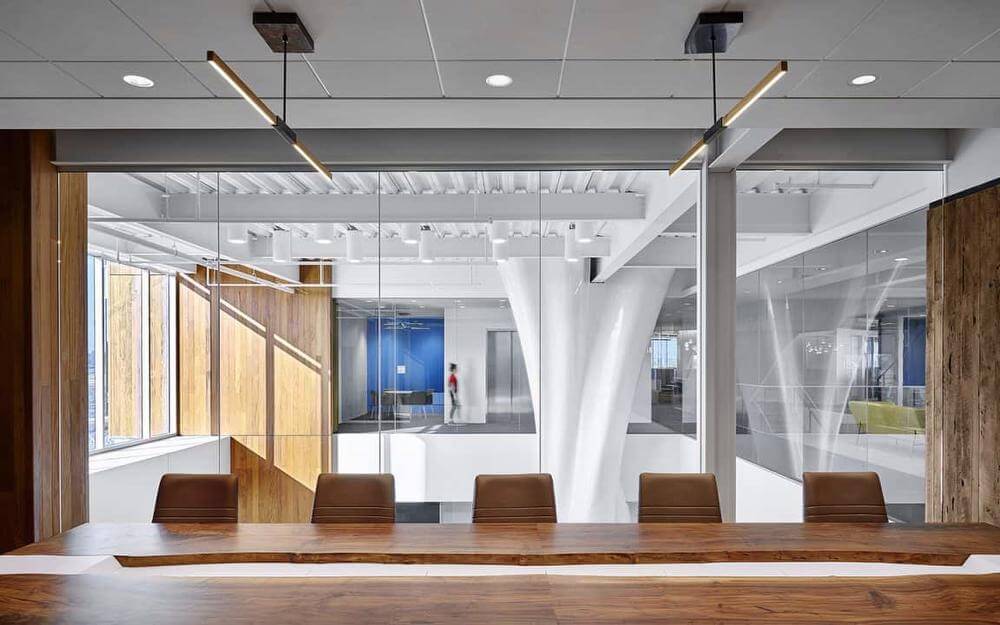 THE ESSENTIALS OF EMPLOYEE EXPERIENCE
THE ESSENTIALS OF EMPLOYEE EXPERIENCE
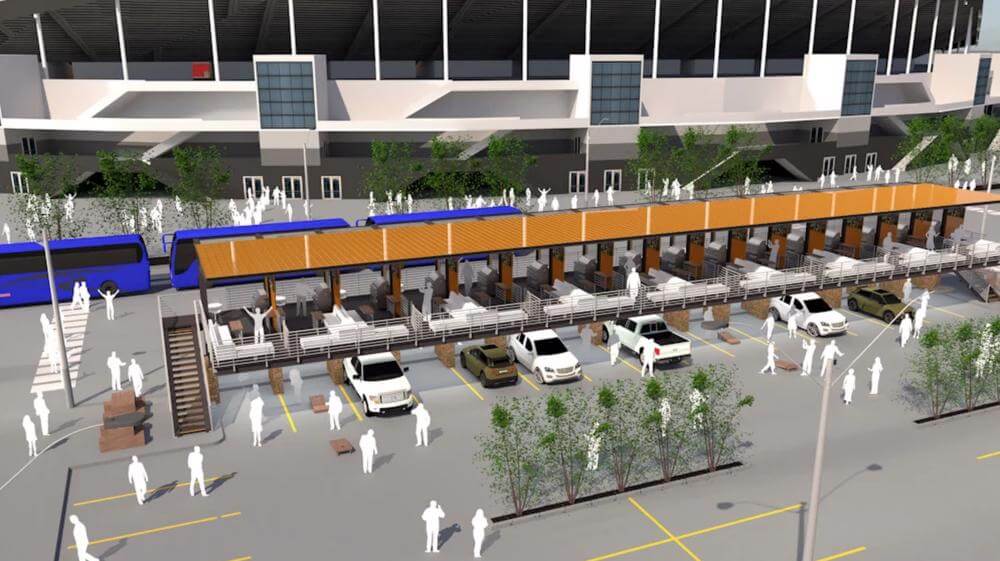 ELEVATE YOUR GAME DAY ENVIRONMENT
ELEVATE YOUR GAME DAY ENVIRONMENT
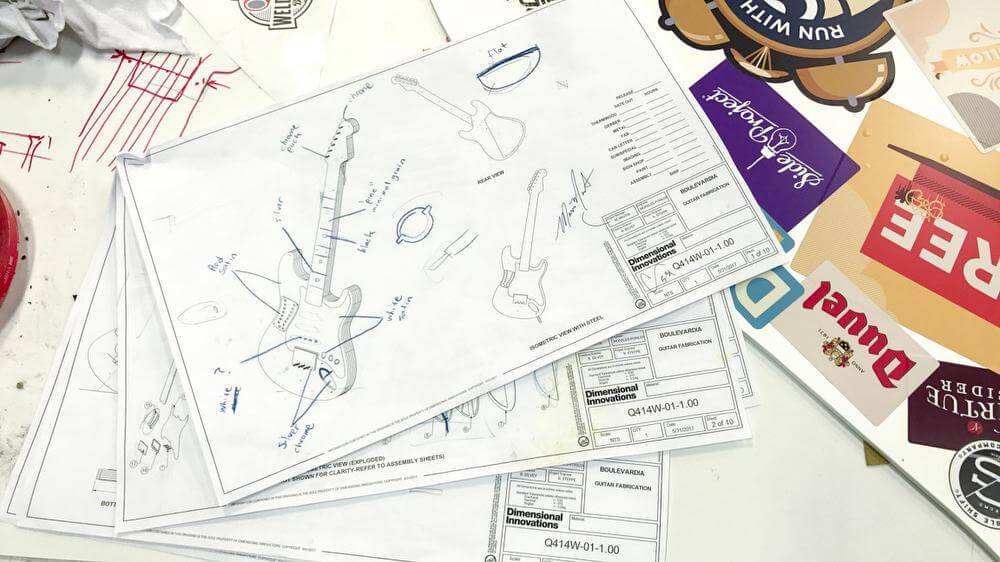 CREATING A PLAYABLE 12-FOOT-TALL ELECTRIC GUITAR
CREATING A PLAYABLE 12-FOOT-TALL ELECTRIC GUITAR
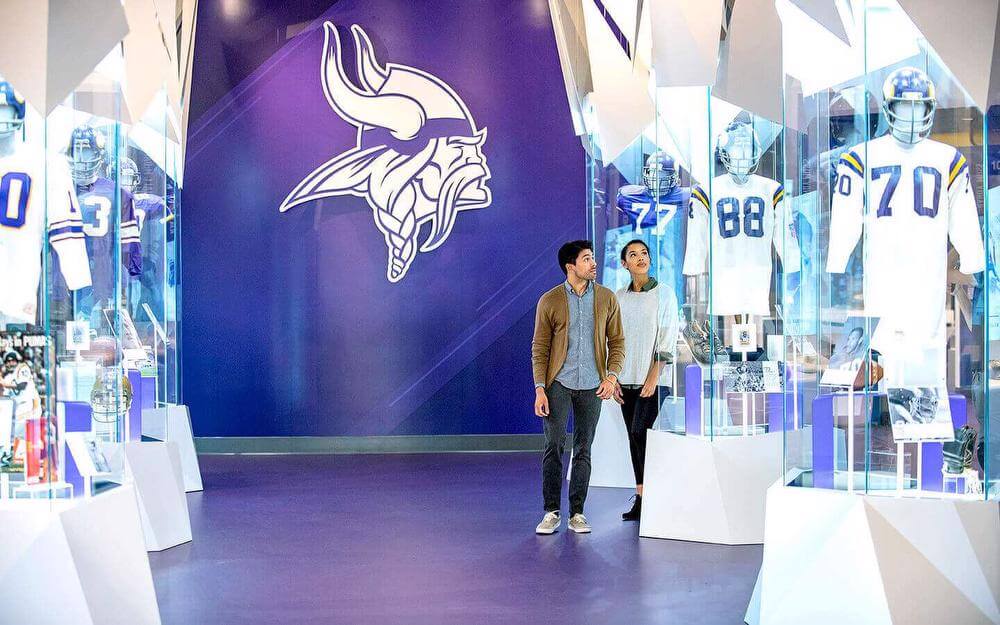 EXPERIENCE DESIGN: 5 REASONS WHY AN INTEGRATED PROCESS IS KEY
EXPERIENCE DESIGN: 5 REASONS WHY AN INTEGRATED PROCESS IS KEY
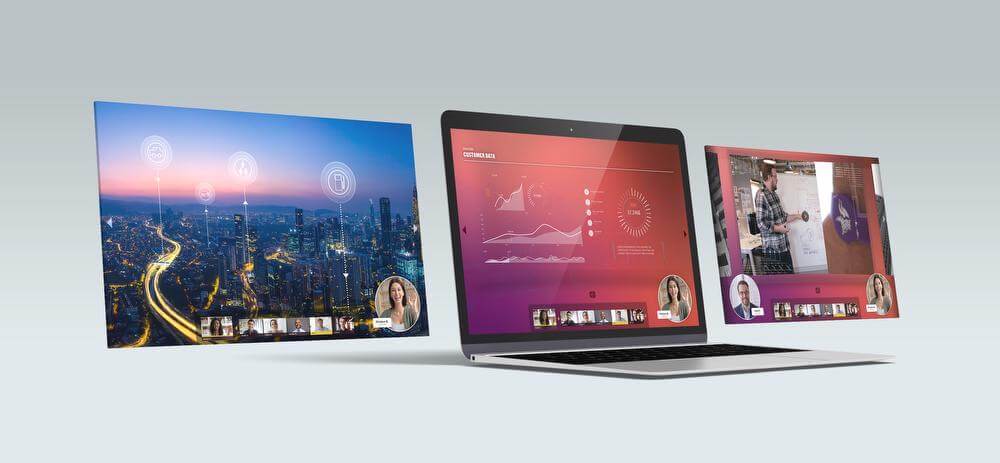 DIGITAL CONNECTIONS: THE FUTURE OF THE VIRTUAL BRIEFING CENTER
DIGITAL CONNECTIONS: THE FUTURE OF THE VIRTUAL BRIEFING CENTER
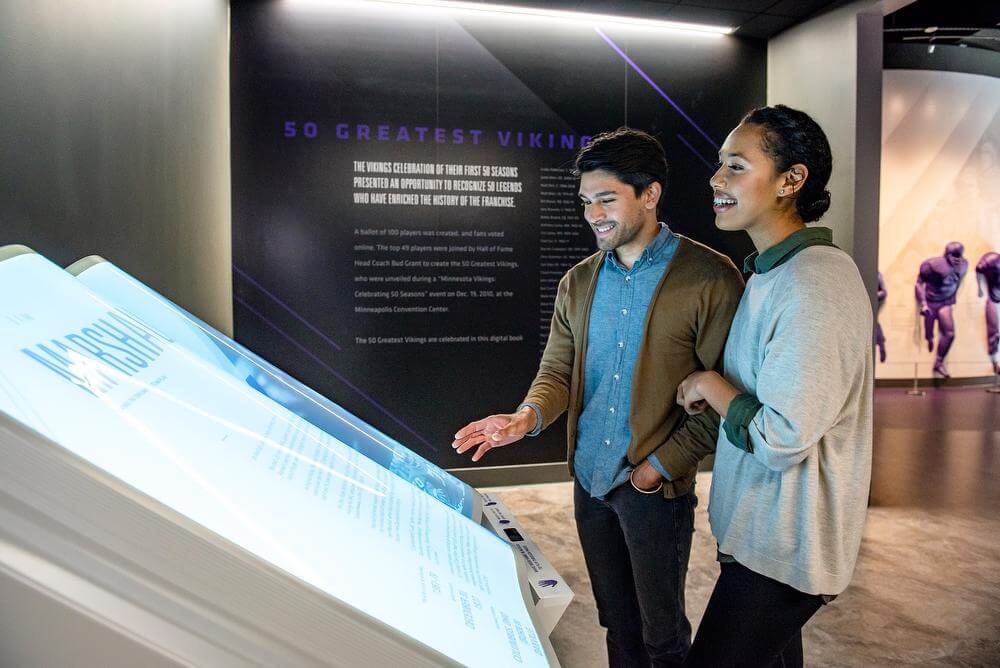 REINVENTING THE MUSEUM EXPERIENCE: COMBINING PHYSICAL AND DIGITAL
REINVENTING THE MUSEUM EXPERIENCE: COMBINING PHYSICAL AND DIGITAL
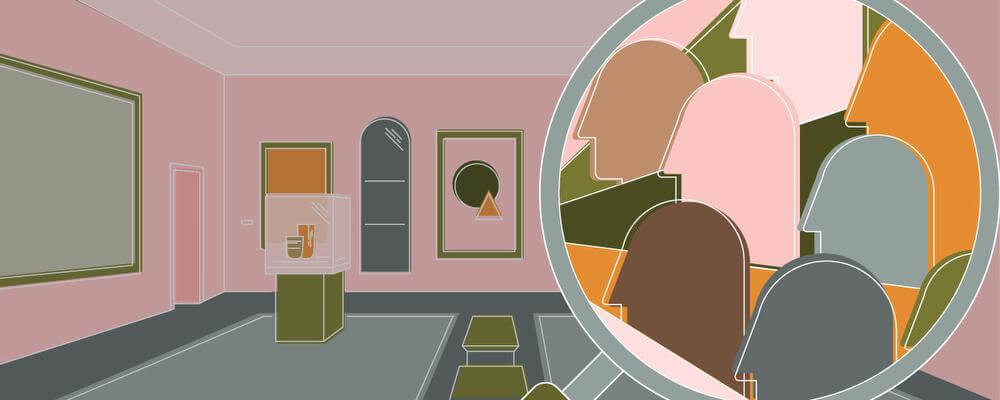 DESIGNING FOR INCLUSIVITY: ENGAGING DIVERSE POPULATIONS IN MUSEUM ENVIRONMENTS
DESIGNING FOR INCLUSIVITY: ENGAGING DIVERSE POPULATIONS IN MUSEUM ENVIRONMENTS
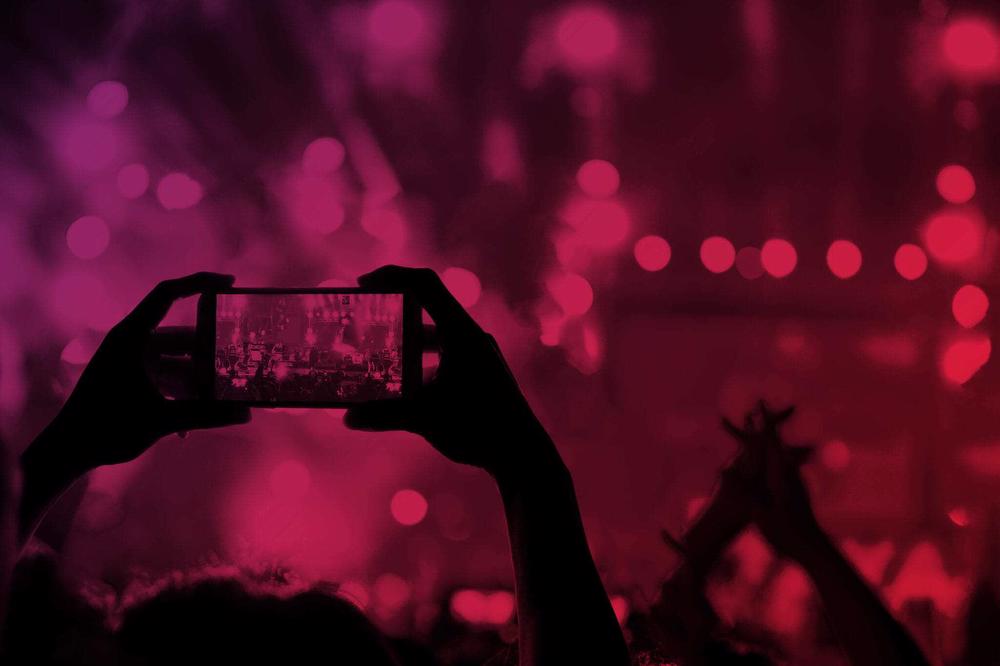 LIVE MUSIC & LIKES
LIVE MUSIC & LIKES
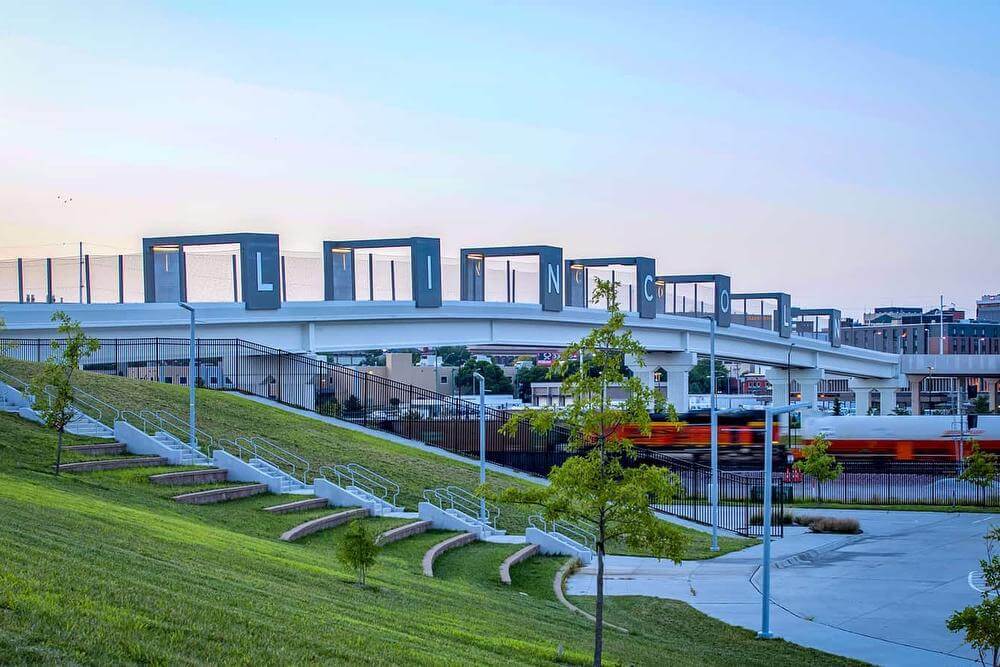 The Lincoln Bridge, A Bridge Like No Other
The Lincoln Bridge, A Bridge Like No Other